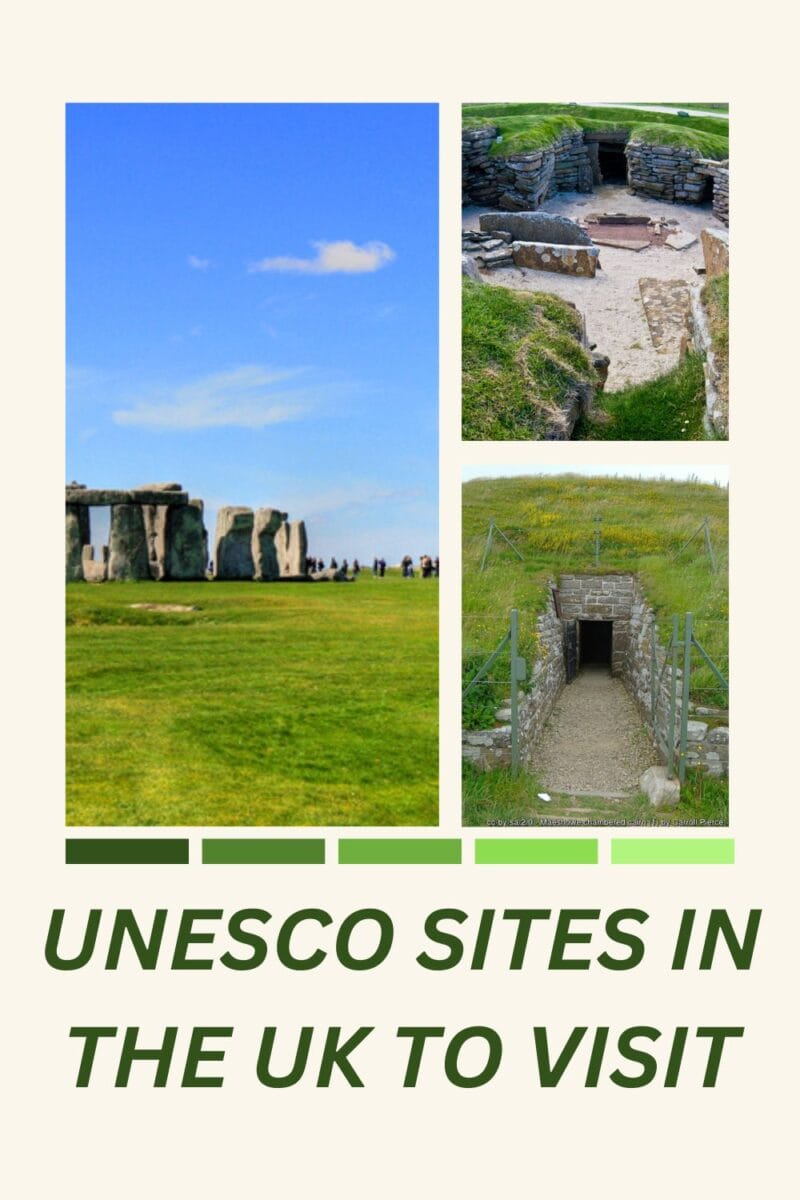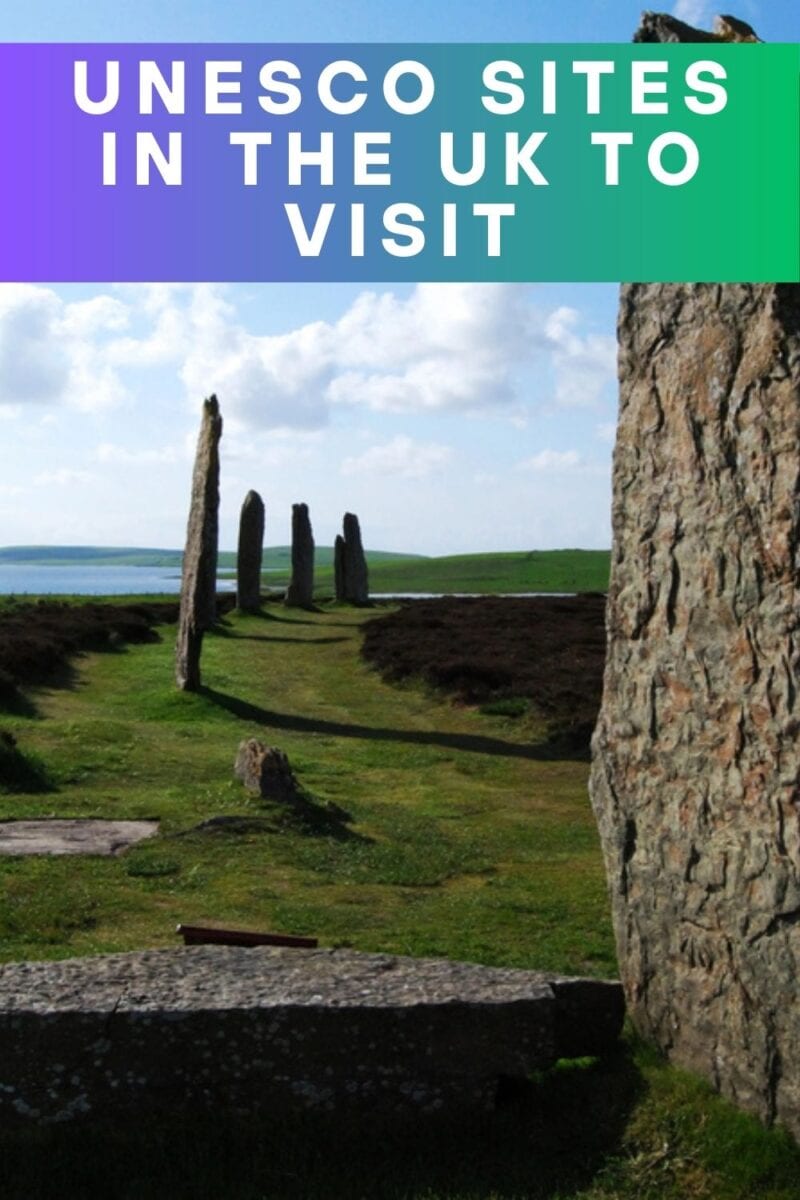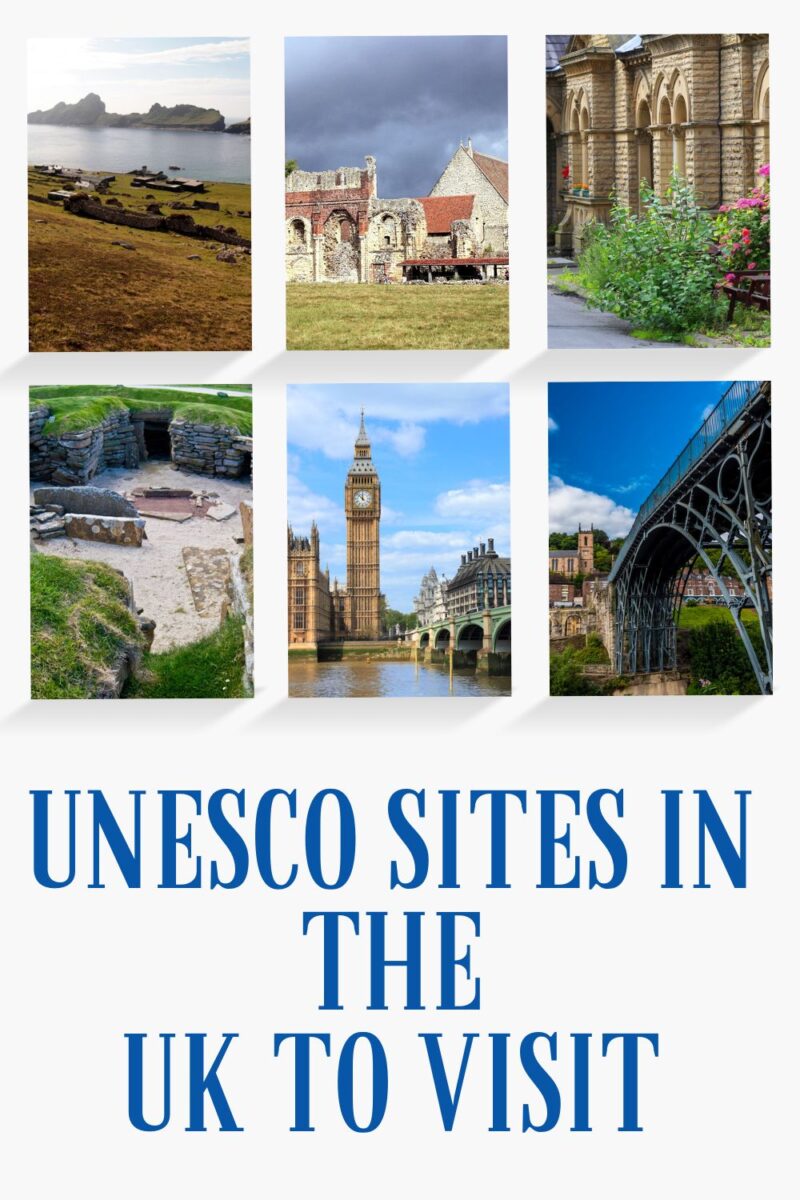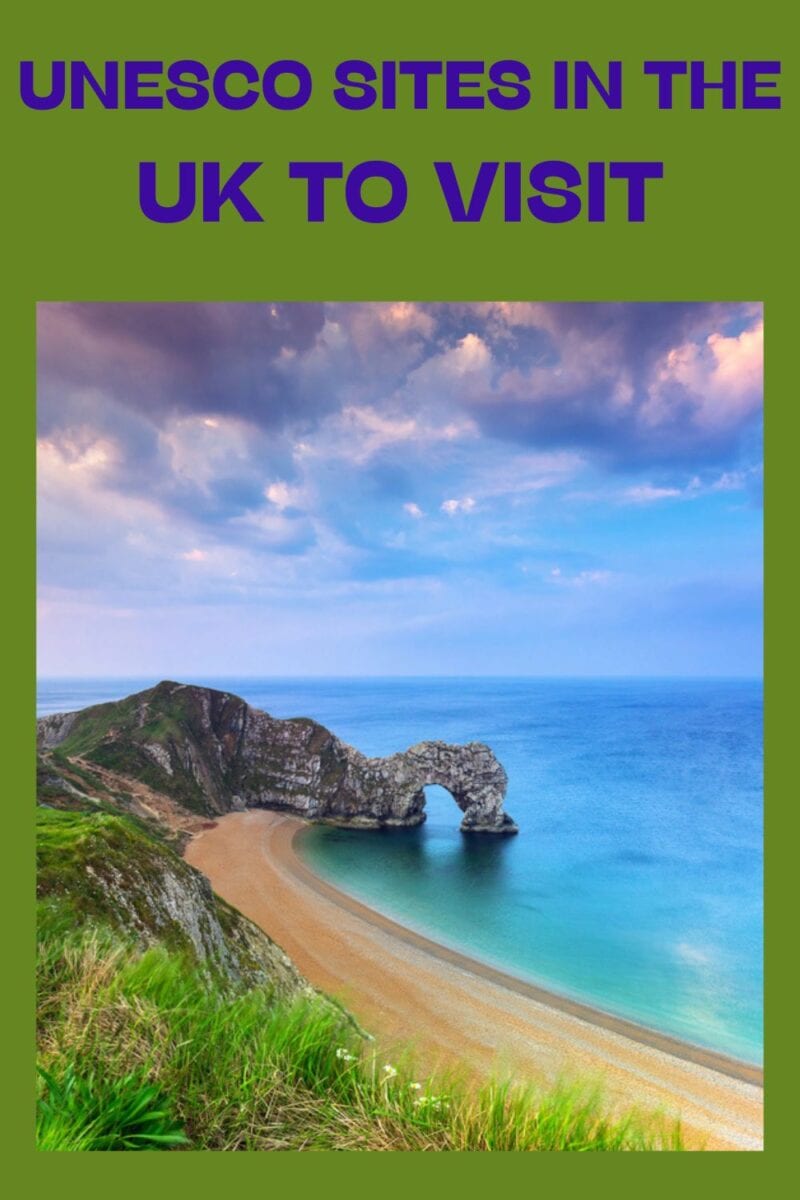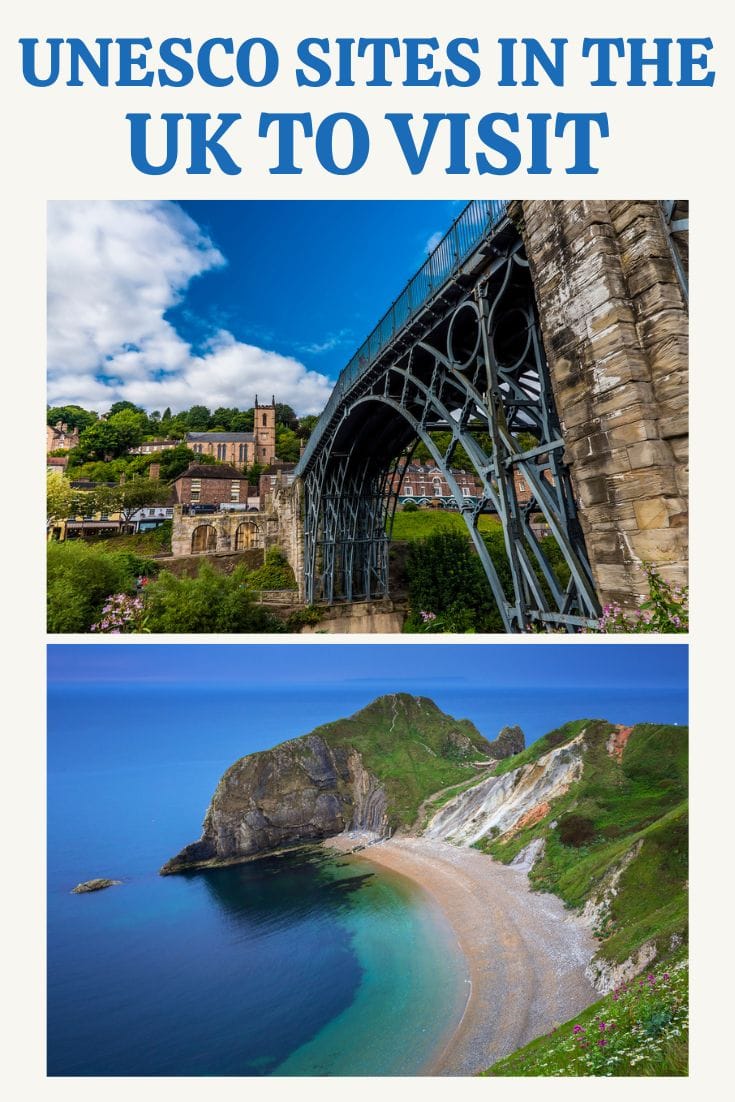Exploring UNESCO World Heritage Sites: A Journey Through the United Kingdom
The United Kingdom is home to an array of cultural and natural treasures that have been deemed worthy of preservation by UNESCO. These sites offer a glimpse into the rich history and diverse landscapes of the UK, attracting visitors from around the world. From ancient stone circles to historic castles, there is something for everyone to explore.
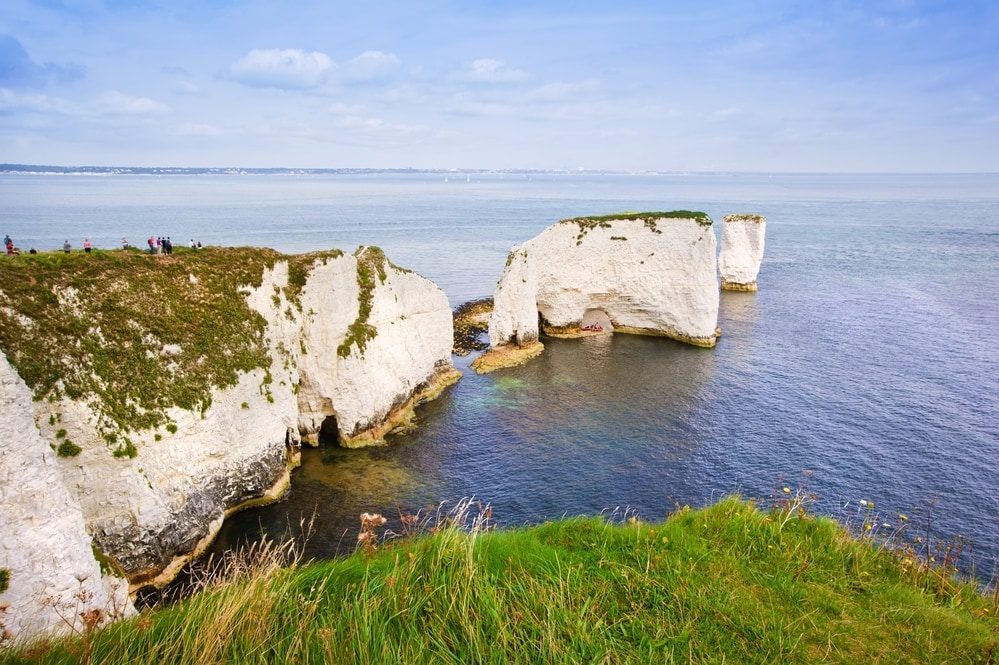
I’ve made it a point to visit any UNESCO site in the countries I visit and I think that visiting the UNESCO sites in the UK should definitely be on your bucket list. With a total of 32 UNESCO World Heritage sites scattered across the country, the UK is truly a treasure trove of historical and cultural landmarks.
- Exploring UNESCO World Heritage Sites: A Journey Through the United Kingdom
- FAQ – UNESCO World Heritage Sites to Visit in the UK
- What are UNESCO World Heritage Sites?
- How many UNESCO World Heritage Sites are there in the UK?
- What are some famous UNESCO World Heritage Sites to visit in the UK?
- How can I visit UNESCO World Heritage Sites in the UK?
- What is the significance of UNESCO World Heritage Sites in the UK?
- Can I visit prehistoric sites as UNESCO World Heritage Sites in the UK?
- What is the natural world heritage site in England?
- Do sites do get dropped from World Heritage status?
- Why is Liverpool no longer a city of culture?
- Exploring UNESCO World Heritage Sites in the United Kingdom
- Illustrated Map of UNESCO sites in UK
- UNESCO World Heritage Sites in the UK
- St Augustine's Abbey
- Dorset and East Devon Coast – Jurassic Coast
- UNESCO sites in Scotland
- Unesco World Heritage Sites in Northern Ireland
- World Heritage Sites in Wales
- FAQ – UNESCO World Heritage Sites to Visit in the UK
FAQ – UNESCO World Heritage Sites to Visit in the UK
What are UNESCO World Heritage Sites?
UNESCO World Heritage Sites are landmarks or areas that have been recognized by UNESCO as having cultural, historical, scientific, or other forms of significance, and are legally protected by international treaties. From expansive mountain ranges and stunning coastlines to vibrant cities and rural landscapes – the UK’s UNESCO sites are destinations of world-class natural and cultural heritage.
How many UNESCO World Heritage Sites are there in the UK?
The UK currently has 32 UNESCO World Heritage Sites, which include both cultural and natural heritage sites.

What are some famous UNESCO World Heritage Sites to visit in the UK?
Some of the most famous UNESCO World Heritage Sites to visit in the UK include Westminster Abbey, the Palace of Westminster, the Tower of London, the Old Town of Edinburgh, the City of Bath, and Stonehenge.
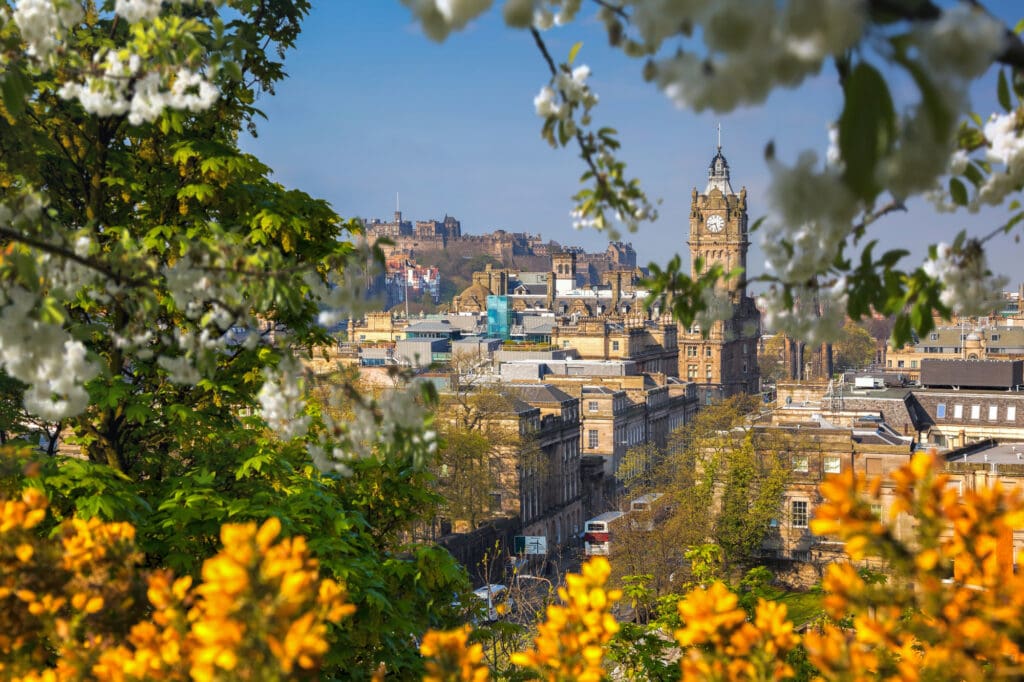
How can I visit UNESCO World Heritage Sites in the UK?
You can visit UNESCO World Heritage Sites in the UK either independently or as part of guided tours offered by various travel companies. Some sites may have specific visiting hours or entry fees.
What is the significance of UNESCO World Heritage Sites in the UK?
UNESCO World Heritage Sites in the UK represent the country’s rich cultural and natural heritage, and they play a crucial role in promoting tourism, preserving historical landmarks, and showcasing unique landscapes.
Can I visit prehistoric sites as UNESCO World Heritage Sites in the UK?
Yes, there are several prehistoric sites in the UK that are designated as UNESCO World Heritage Sites, such as Avebury and Stonehenge.
What is the natural world heritage site in England?
England’s only natural World Heritage site, runs from Exmouth in East Devon to Studland in Dorset, the coastline depicts 185 million years of the earth’s history.
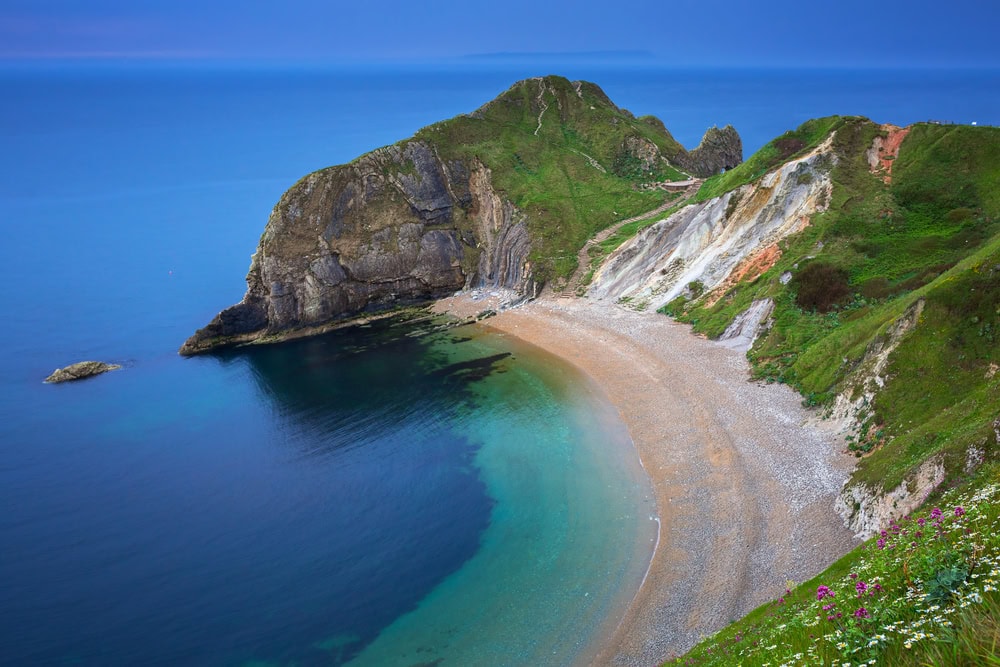
Do sites do get dropped from World Heritage status?
There have only ever been three World Heritage sites delisted and in the UK’s the Liverpool Maritime Mercantile City, lost its status in 2021.
Why is Liverpool no longer a city of culture?
Liverpool has been stripped of its World Heritage status as a maritime mercantile city after a UN committee found developments threatened the value of the city’s waterfront.
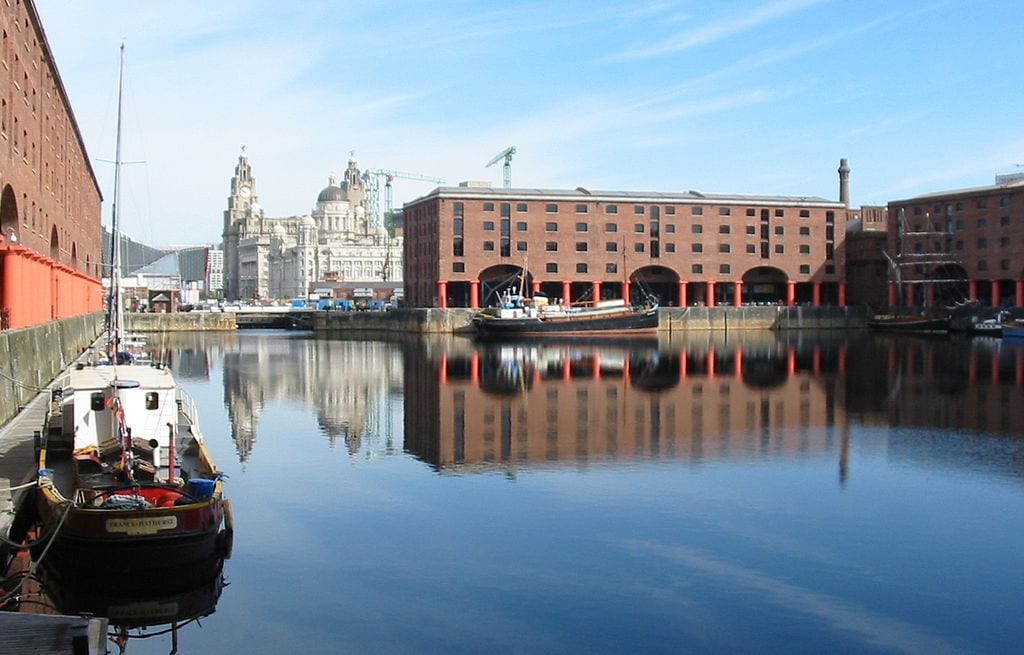
Exploring UNESCO World Heritage Sites in the United Kingdom
The United Kingdom, with its rich history and diverse landscapes, is home to a multitude of UNESCO World Heritage Sites. These sites are not only significant in their historical and cultural contexts but also offer visitors a glimpse into the nation’s past and present. From ancient monuments to stunning natural wonders, these sites should take pride of place on your Great Britain Bucket list.
Illustrated Map of UNESCO sites in UK
This map was produced by the UK National Commission for UNESCO (can be downloaded here) as part of “Local to Global”, and was made possible by the GREAT Campaign and The National Lottery Heritage Fund.
Discover the UK’s 58 UNESCO sites on this great illustrated map, designed by Tom Woolley and produced by the UK National Commission for UNESCO.
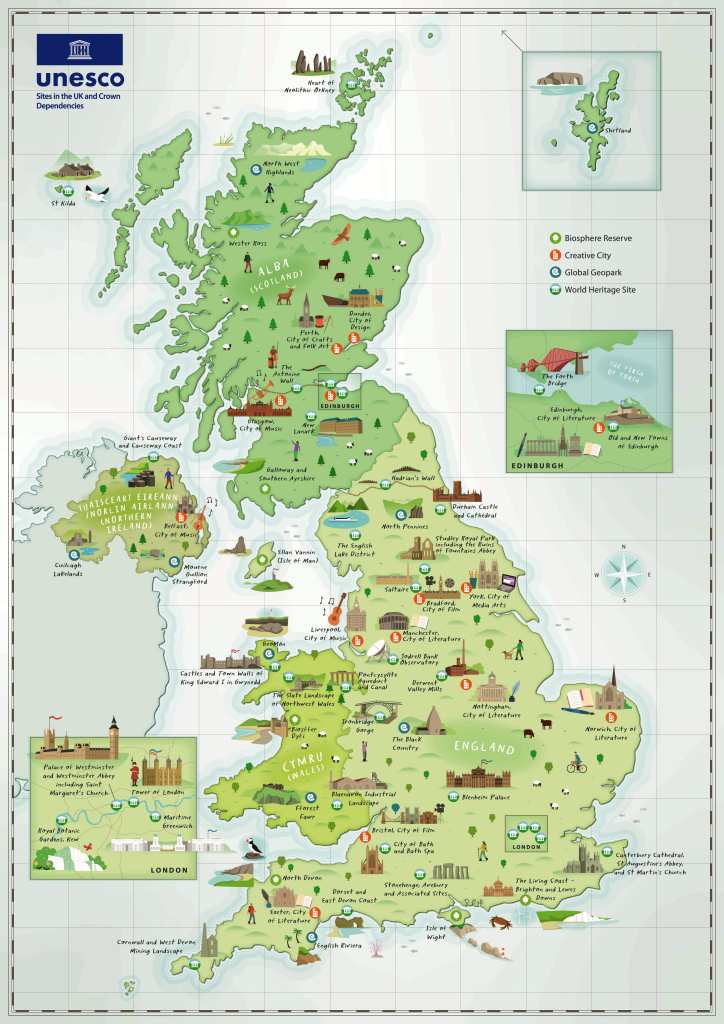
UNESCO World Heritage Sites in the UK
Stonehenge and Avebury
These prehistoric monuments, including Stonehenge and Avebury, are among the most iconic monuments in the world.
Stonehenge
Located in Wiltshire, England, the Stonehenge site dates back over 4,500 years and continues to intrigue archaeologists and visitors alike. Comprising a ring of standing stones, Stonehenge is believed to have been constructed in multiple phases, with its purpose ranging from a celestial observatory to a religious site. Its UNESCO designation recognizes its cultural significance and contribution to our understanding of ancient civilizations.
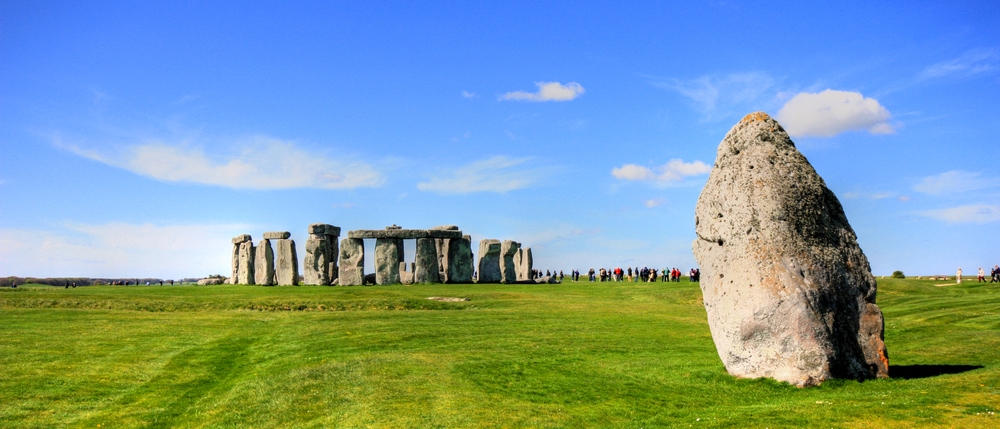
Avebury
The Avebury complex is one of the principal ceremonial sites of Neolithic Britain It was built and altered over many centuries from about 2850 BC until about 2200 BC and is one of the largest, and the most complex, of Britain’s surviving Neolithic henge monuments.
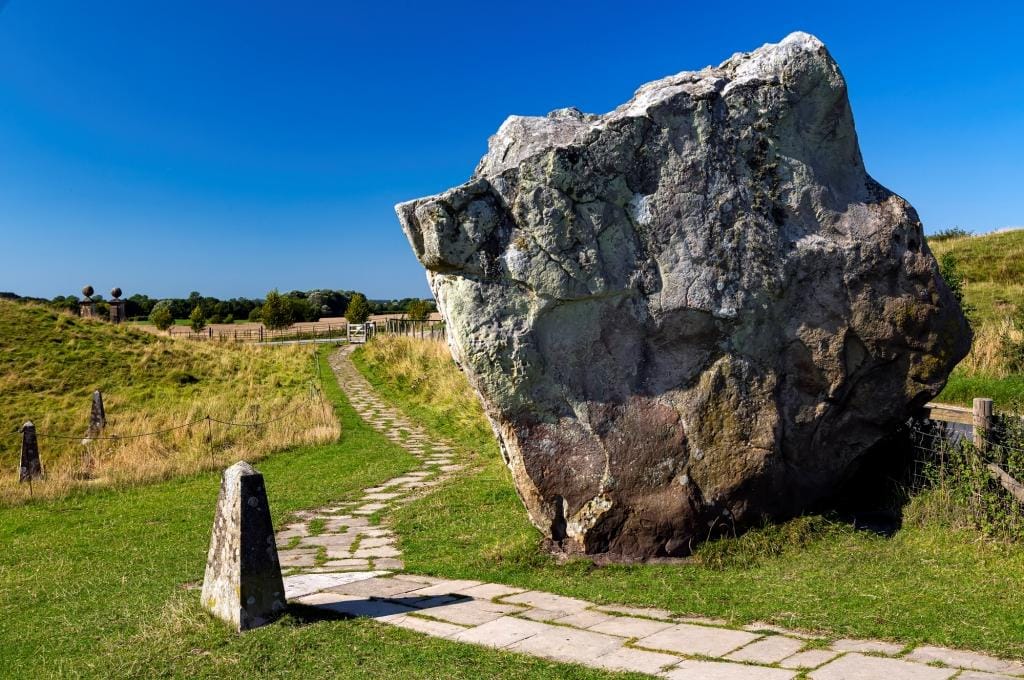
Canterbury Cathedral, St. Augustine’s Abbey, and St. Martin’s Church
The UNESCO World Heritage Site known as “Canterbury Cathedral, St. Augustine’s Abbey, and St. Martin’s Church” encompasses three historically significant religious sites in Canterbury, Kent, United Kingdom.
Canterbury Cathedral
Canterbury Cathedral is one of the most famous and oldest Cathedrals in the country. The Cathedral is also the seat of the Archbishop of Canterbury, the head of the Church of England and the Mother Church of the Anglican Communion.
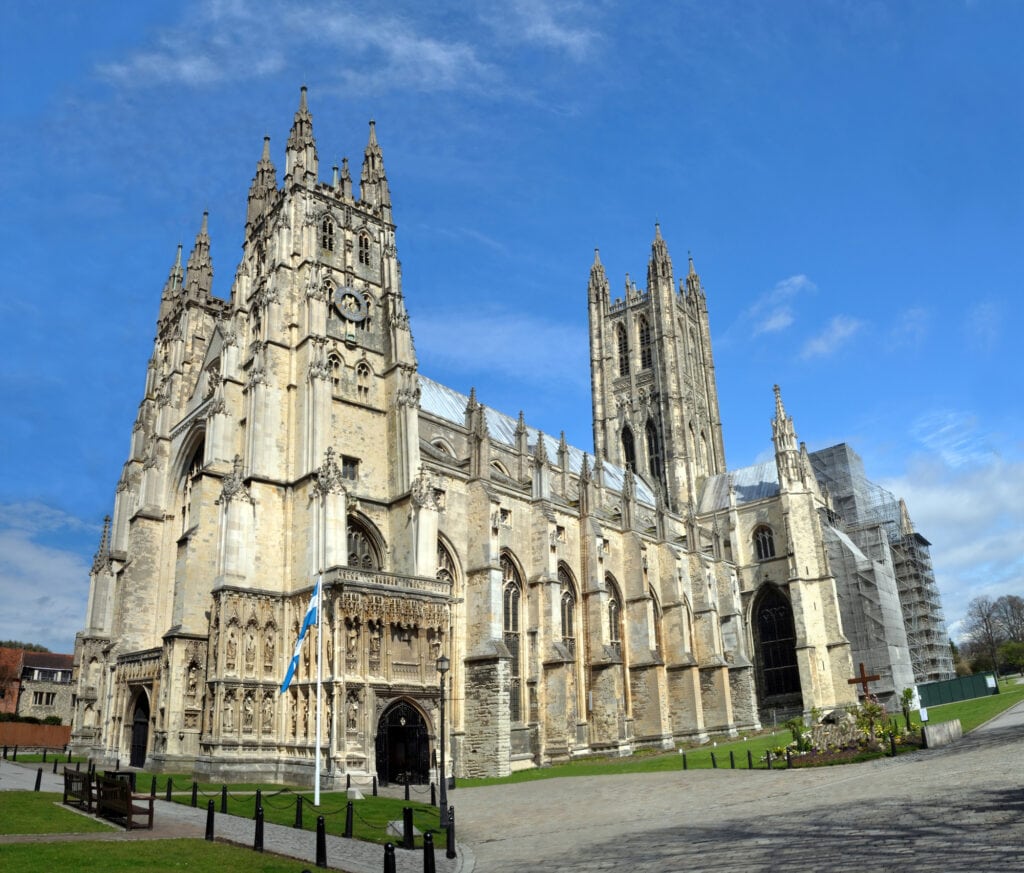
One spectacular feature of the architecture of Canterbury Cathedral is the gorgeous stained glass windows. They are enclosed into stone Gothic frames which go up high, towards the arches of the ceiling. The entire interior of the cathedral is a work of art, with paintings, sculptures and statues decorating the walls. The crypt is another interesting part of the Cathedral, which you must not forget to visit.
St Augustine’s Abbey
St. Augustine’s Abbey, located in Canterbury, holds significant historical and cultural importance. Founded in the 6th century by St. Augustine, who was sent by Pope Gregory the Great to convert the Anglo-Saxons to Christianity, the abbey served as a center of religious life and learning.
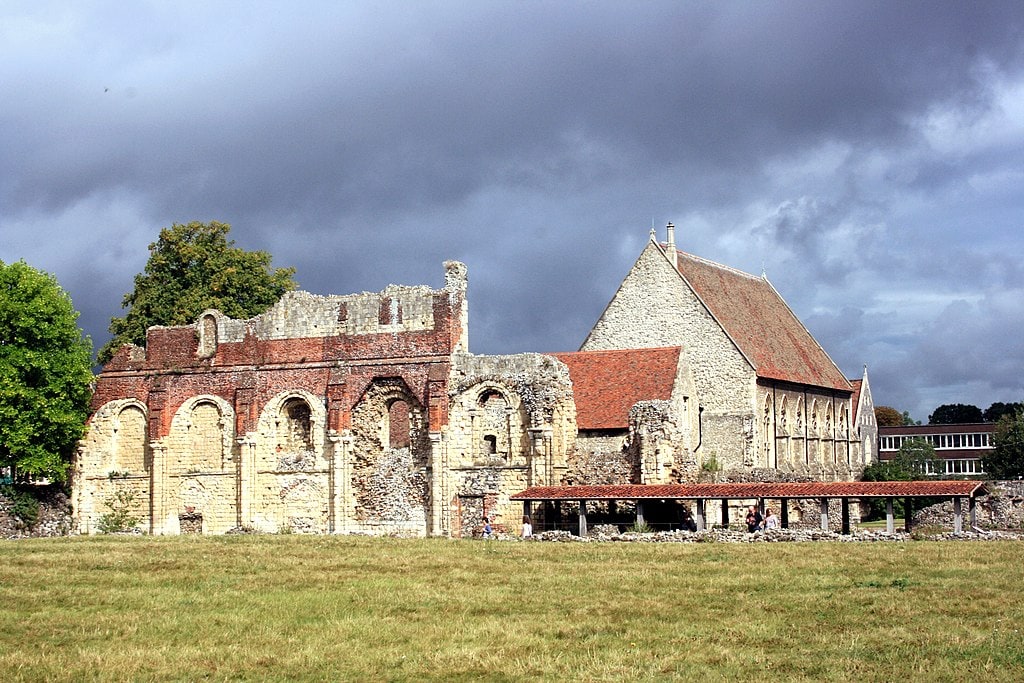
The original abbey was constructed around AD 598 and was dedicated to St. Peter and St. Paul. Over the centuries, it grew in size and influence, becoming one of the most important religious institutions in England. The abbey was closely associated with the nearby Canterbury Cathedral and Canterbury’s role as the center of Christianity in England.
St Martin’s Church
St. Martin’s Church, located in Canterbury, is one of the oldest and most historically significant churches in England. It holds the distinction of being the oldest parish church in continuous use in the English-speaking world.
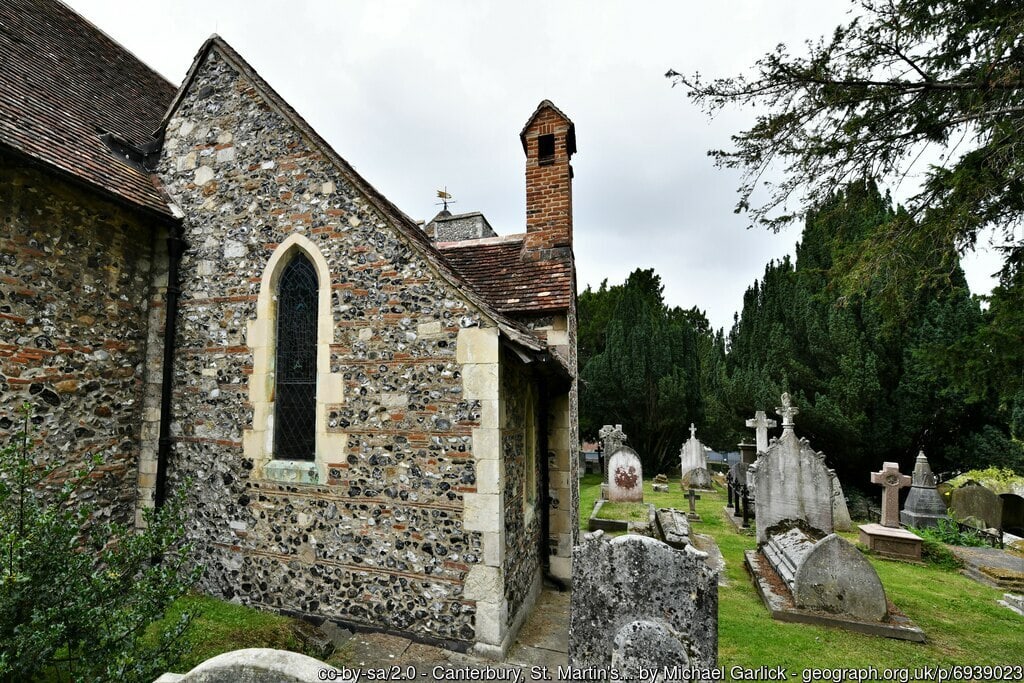
The church’s origins date back to the late Roman period, with evidence suggesting that a Christian church existed on the site as early as the late 6th or early 7th century. It is believed to have been founded by St. Augustine, the missionary sent by Pope Gregory the Great to convert the Anglo-Saxons to Christianity.
These religious buildings are significant examples of English ecclesiastical architecture and are associated with the history of Christianity in England.
Tower of London
In the heart of London stands the Tower of London. A historic fortress and royal palace, the Tower of London is renowned for its rich history, including its use as a prison and the home of the Crown Jewels.
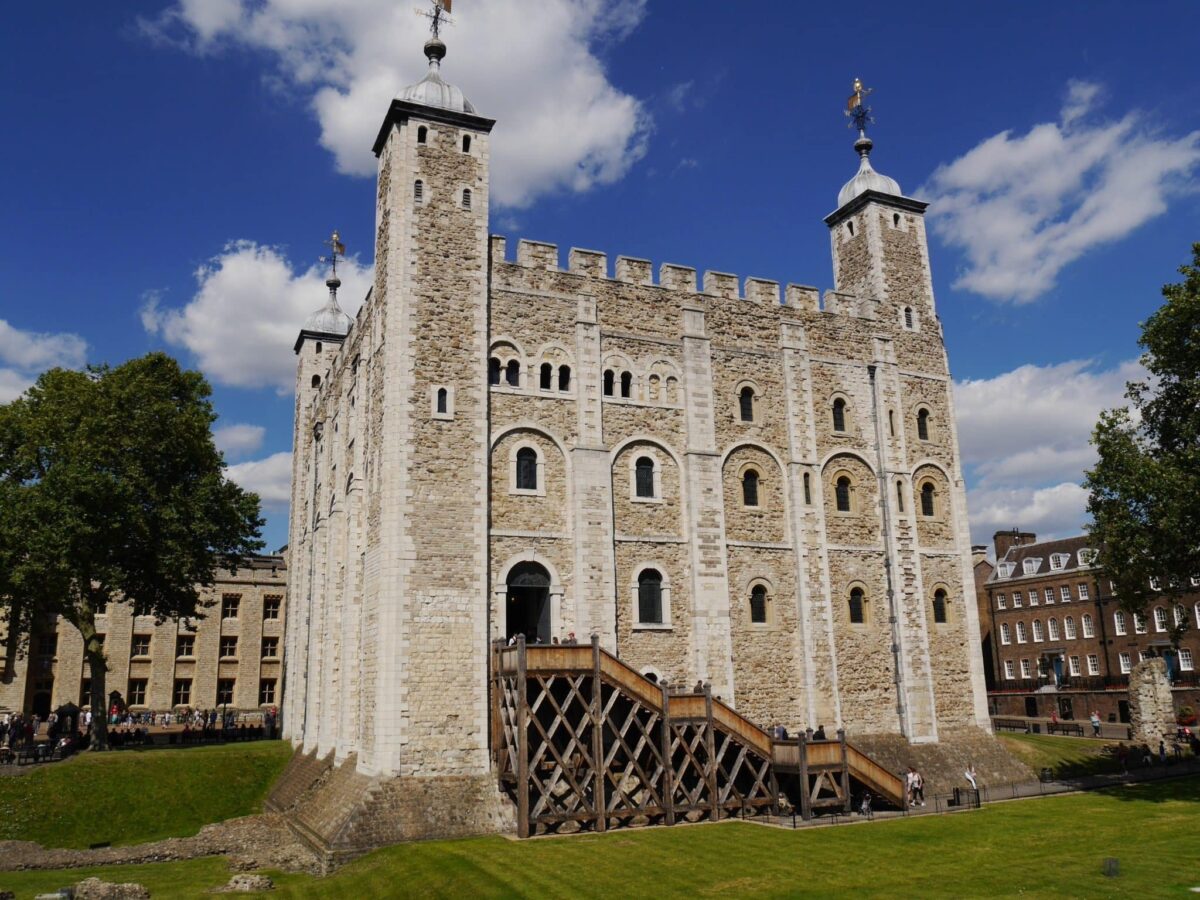
This historic fortress has stood guard over the city for nearly a thousand years, serving as a royal palace, prison, and treasury. Its iconic White Tower, built by William the Conqueror in the 11th century, is just one of the many attractions within its walls. Visitors can explore the Crown Jewels, walk along the battlements, and learn about the tower’s dark and fascinating history, including tales of treason, execution, and political intrigue.
Palace of Westminster and Westminster Abbey
Westminster Abbey and the Palace of Westminster these iconic landmarks in central London are synonymous with the British monarchy, politics, and religion and have been the centre of the administration of England since the 11th century.
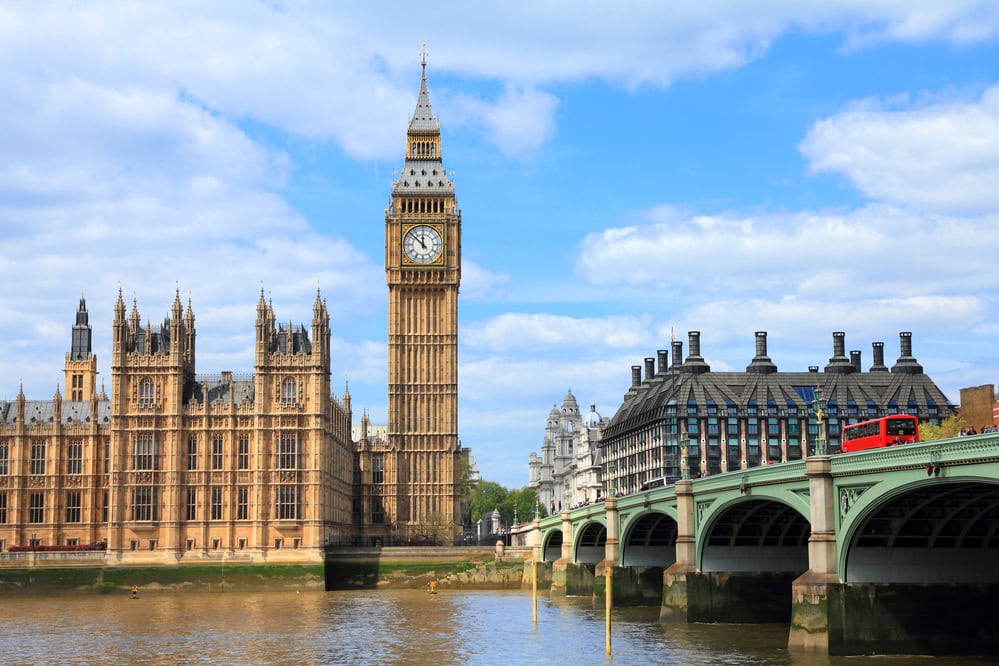
The Palace of Westminster, located on the banks of the River Thames in London, stands as a symbol of British democracy and governance. Dating back to the 11th century, this historic complex serves as the meeting place for the two houses of the UK Parliament – the House of Commons and the House of Lords. Its architecture, characterized by the Gothic Revival style with ornate towers, intricate stonework, and the famous clock tower housing Big Ben.
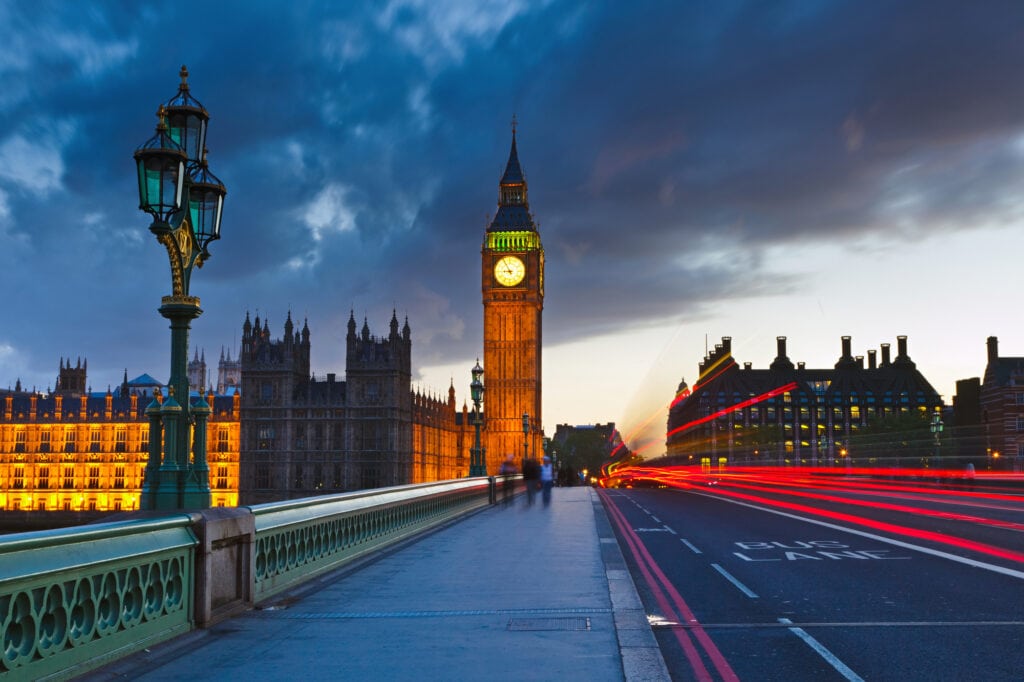
Adjacent to the Houses of Parliament, Westminster Abbey is a masterpiece of Gothic architecture and a UNESCO World Heritage Site. For centuries, it has been the site of coronations, royal weddings, and state funerals, making it a symbol of British monarchy and tradition. Inside, visitors can admire its stunning stained glass windows, intricate stone carvings, and the tombs of monarchs, poets, and statesmen, including the Poets’ Corner, where luminaries such as William Shakespeare and Geoffrey Chaucer are buried.
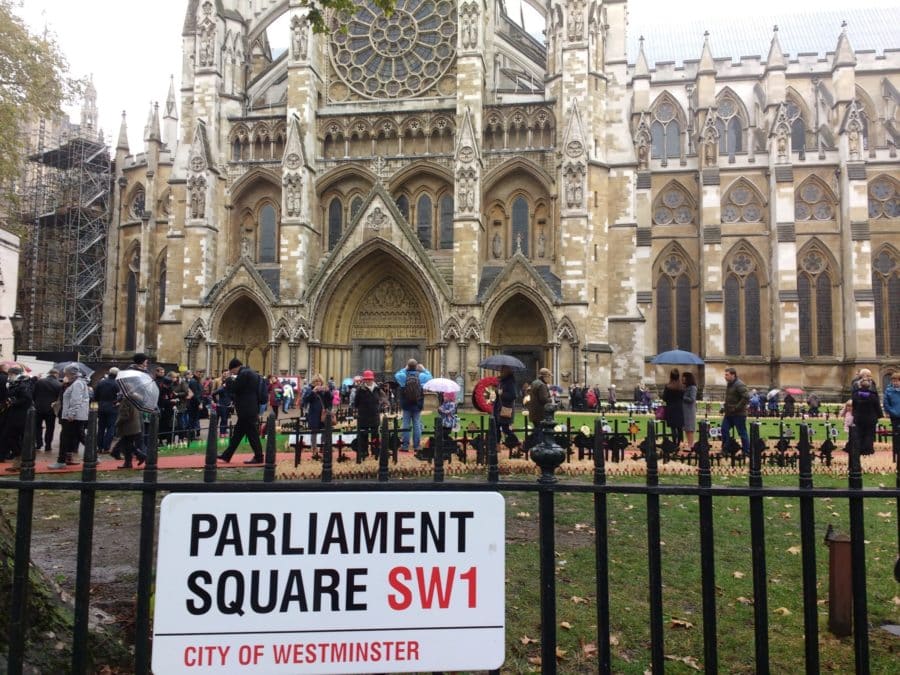
Maritime Greenwich & the Cutty Sark
Maritime Greenwich, is an area steeped in maritime history and scientific achievement. Home to the Royal Observatory, Greenwich Mean Time, and the Prime Meridian, this riverside district has played a pivotal role in navigation and timekeeping. Visitors can wander through the historic buildings of the Old Royal Naval College, explore the Cutty Sark, a 19th-century tea clipper, and enjoy panoramic views of the city from Greenwich Park.
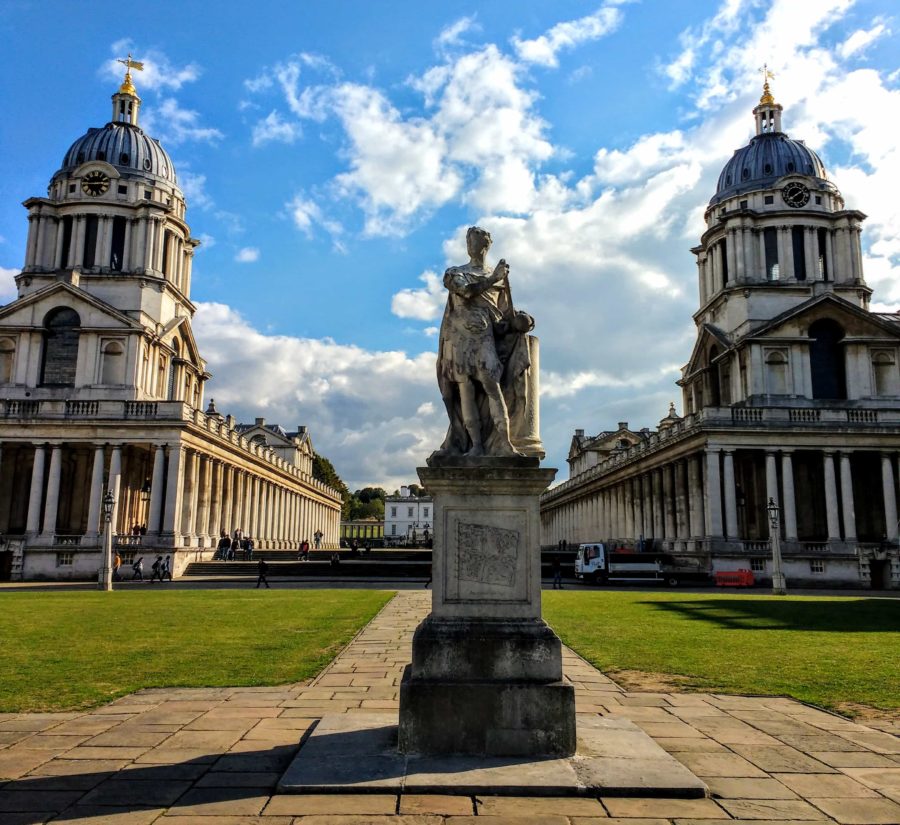
Maritime Greenwich
Home to the Royal Observatory, Greenwich Mean Time, and the Prime Meridian, Maritime Greenwich is a symbol of Britain’s maritime heritage and scientific achievement. While you are there you have to go and tour the Cutty Sark a world famous clipper in permanent drydock on the riverfront. You can also check out the Greenwich Market and grab yourselves some British bargains.

Blenheim Palace, Oxfordshire
Built in the 18th century as a gift to the first Duke of Marlborough for his victory in the Battle of Blenheim, this magnificent stately home is a masterpiece of English Baroque architecture. Its sprawling grounds, designed by renowned landscaper Capability Brown. It features ornamental gardens, tranquil lakes, and the majestic Column of Victory, commemorating the Duke’s military triumph, it also the birthplace of Winston Churchill.
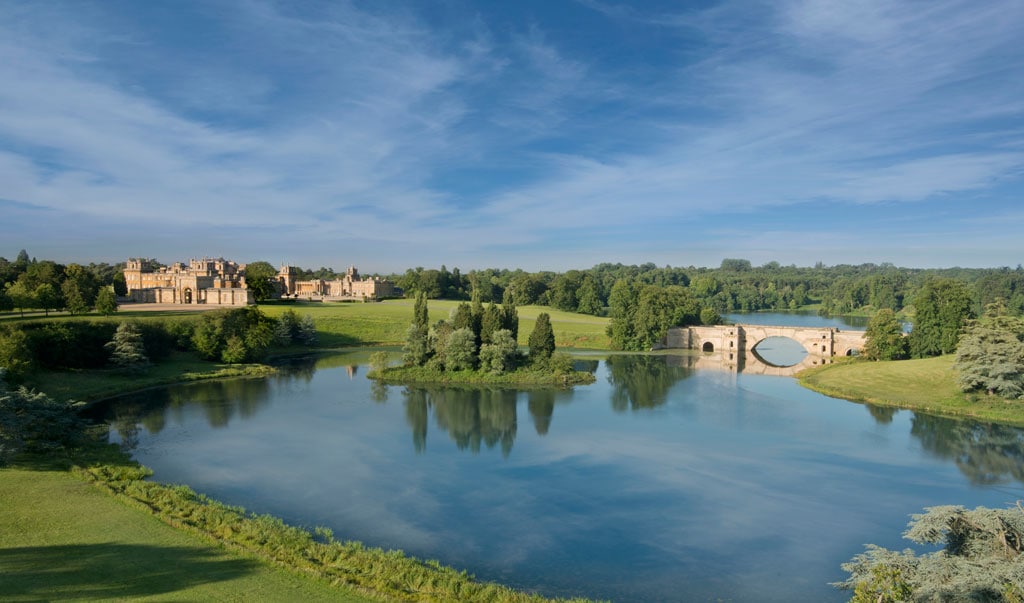
City of Bath one of the great spa towns of Europe
The only UK city that’s been designated a UNESCO world heritage site in its entirety, Bath England is well worth a weekend visit while exploring the country. Known for its Roman-built baths, Georgian architecture, and literary associations (Jane Eyre loved it here), Bath is a prime example of a well-preserved Georgian city.
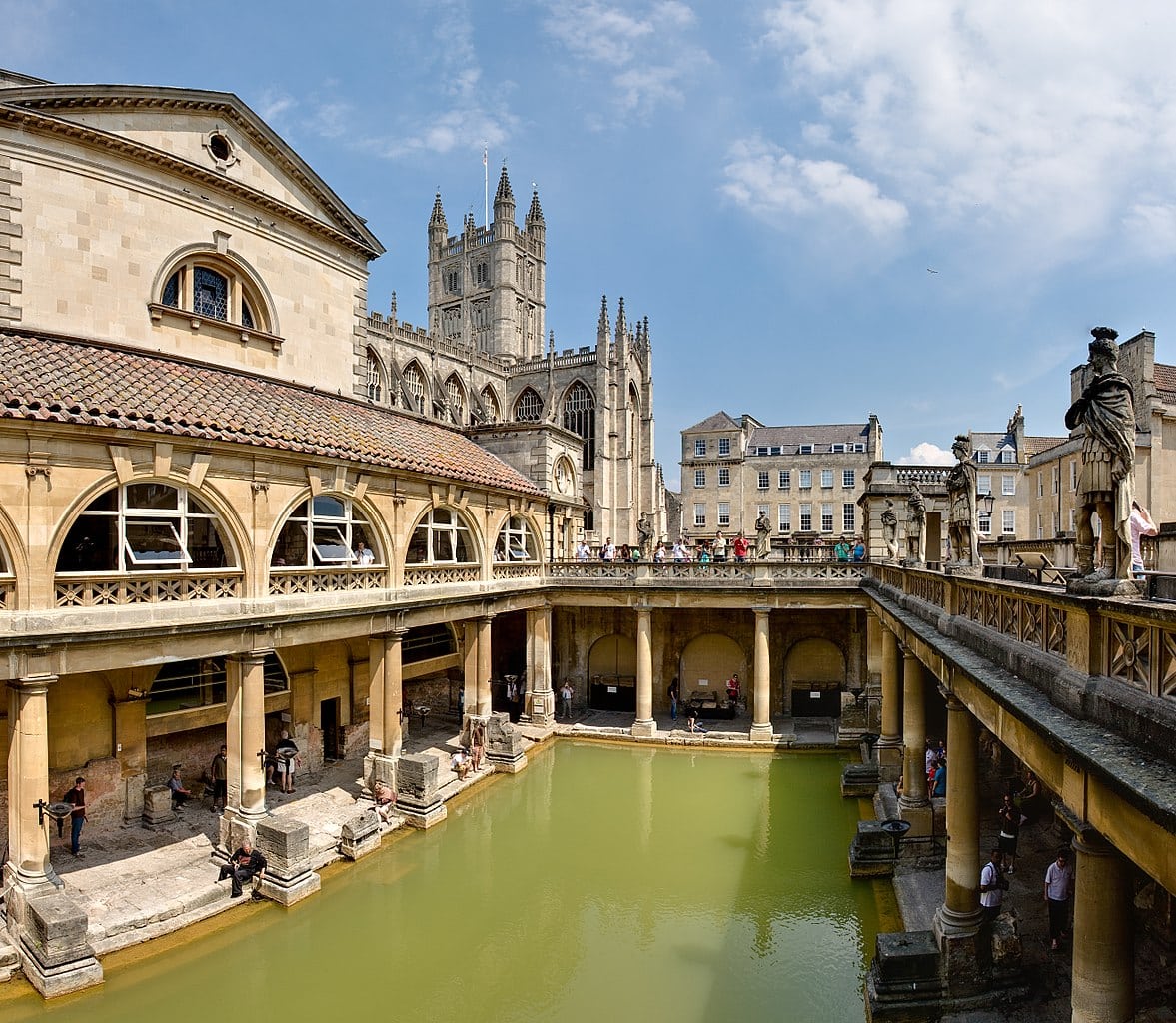
Every corner of Bath has a story to tell; here you can learn about Roman history while strolling down Georgian streets and admire an Abbey restored in Tudor times before walking to the Grade 1 Heritage Listed station that was built by Brunel in Victorian times.
Cornwall and West Devon Mining Landscape
This site showcases the remains of the 18th and 19th-century industrial mining landscape, including mines, engine houses, and infrastructure.
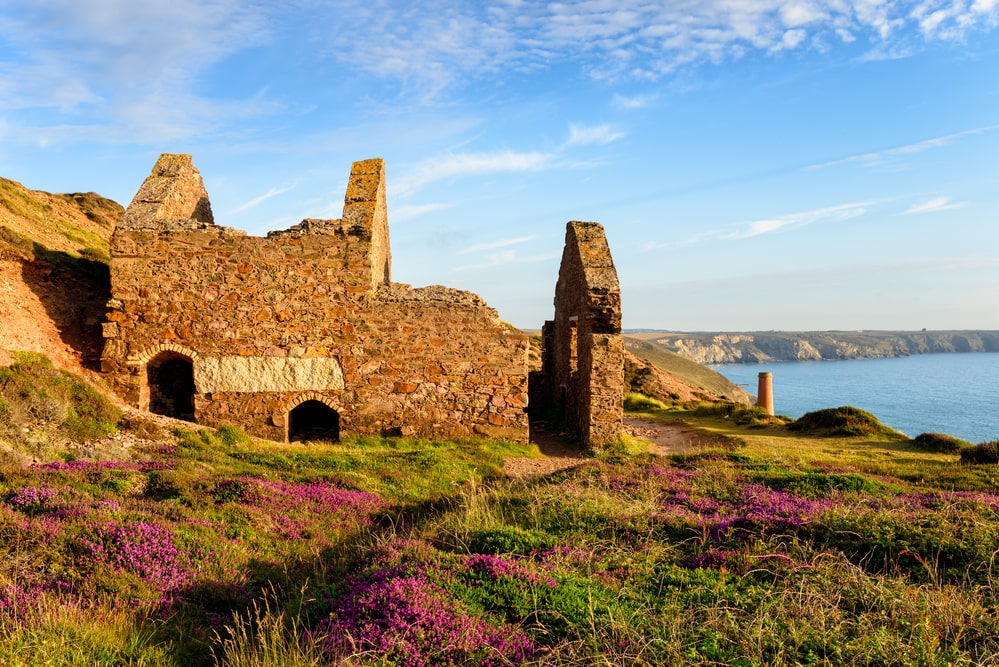
Derwent Valley Mills
The Derwent Valley Mills is a UNESCO World Heritage Site located in Derbyshire, England. It encompasses a collection of historic cotton mills and associated industrial structures along the River Derwent. Developed in the 18th century, this area played a pivotal role in the Industrial Revolution, serving as a hub for innovation and technological advancement in the textile industry. Key components of the site include:
Cromford Mill
Founded by Sir Richard Arkwright in 1771, Cromford Mill is considered the world’s first water-powered cotton spinning mill. It introduced mechanized production methods that revolutionized the textile industry.
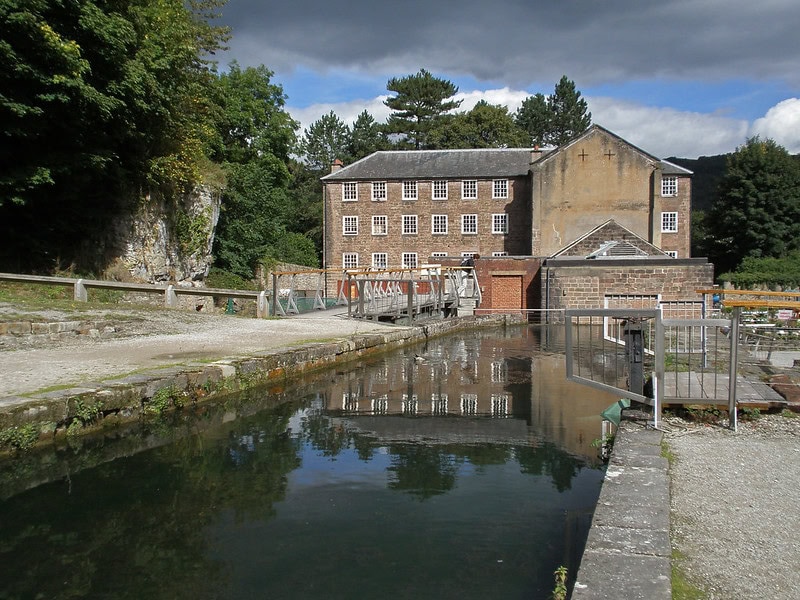
Strutt’s North Mill and East Mill
Built by the Strutt family in Belper, these mills were among the earliest examples of cotton spinning mills in the world. They incorporated advanced machinery and production processes developed by Jedediah Strutt.
Derwent Valley Canal
Constructed to transport raw materials and finished goods, the canal played a crucial role in the transportation network of the Derwent Valley Mills.
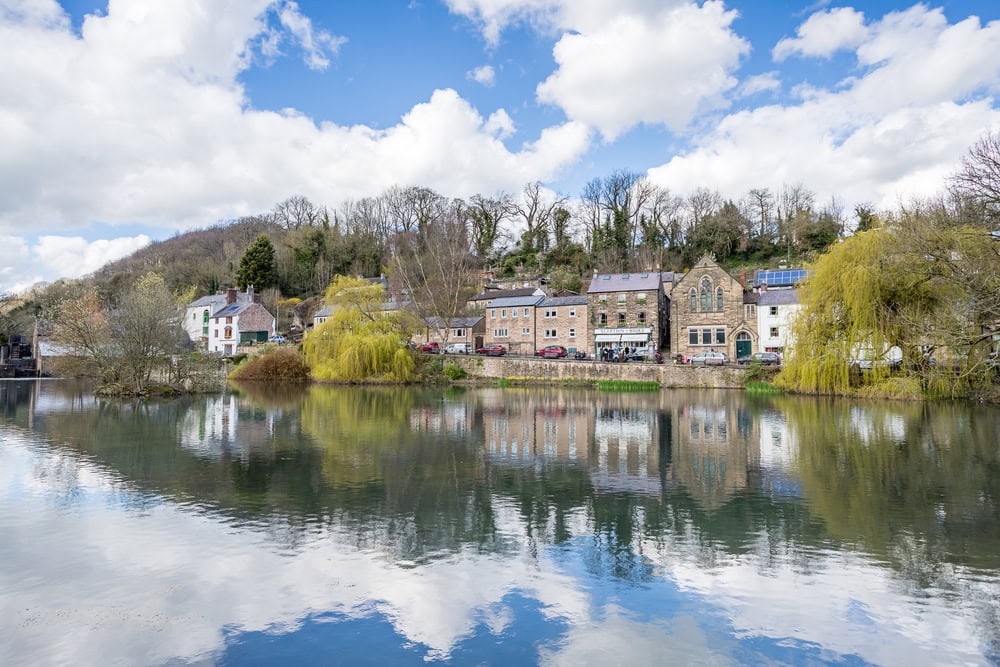
Industrial Workers’ Housing
The site also includes workers’ housing, designed to accommodate the growing workforce attracted to the area by the mills. These early examples of planned industrial housing provide insights into social and urban development during the Industrial Revolution.
Dorset and East Devon Coast – Jurassic Coast
The Jurassic Coast is a 95-mile stretch of coastline renowned for its geological significance and fossils dating back millions of years.
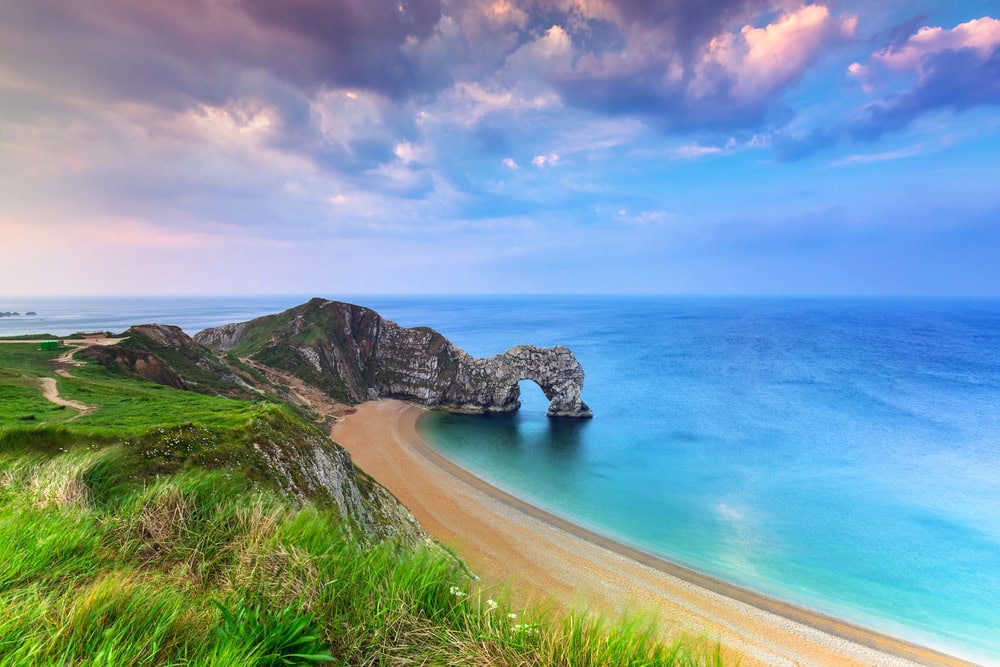
Durham Castle and Durham Cathedral
Durham Cathedral, located in the city of Durham, England, is a masterpiece of Norman architecture and a UNESCO World Heritage Site. Built between 1093 and 1133, it stands majestically atop a hill overlooking the River Wear.
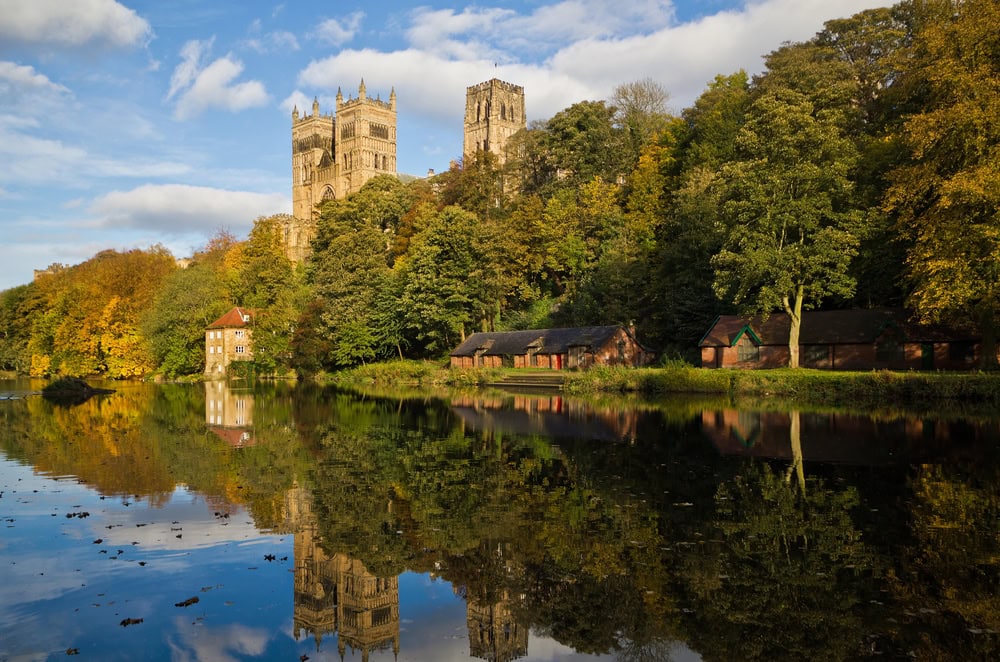
The cathedral is renowned for its massive stone structure, breathtaking stained glass windows, and the beauty of its interior. Its most iconic feature is the towering Norman towers, which dominate the skyline of Durham. The cathedral houses relics of St Cuthbert and Bede. The Norman castle was the residence of the Durham prince-bishops.

Durham Castle is closely associated with Durham Cathedral and forms part of the UNESCO World Heritage Site alongside the cathedral. Built in the 11th century under the orders of William the Conqueror, the castle served as a stronghold for the Norman Prince-Bishops of Durham.
Today, Durham Castle is home to University College, Durham, making it the oldest university building still in use. Visitors can explore the castle’s historic halls, chambers, and courtyards, gaining insight into its rich history and architectural significance.
Frontiers of the Roman Empire
This site encompasses various sections of the ancient Roman frontier, or lines that once marked the boundary between the Roman Empire and the unconquered territories of Scotland.
The Roman Empire’s presence in what is now England and Scotland left a lasting impact on the landscape, architecture, and culture of the region. The frontier served as a boundary between the Romanized provinces to the south and the tribal territories to the north.
This site includes Hadrian’s Wall in England and the Antonine Wall in Scotland, which marked the northern frontier of the Roman Empire.
Hadrian’s Wall
Hadrian’s Wall, in northern England, was built under the orders of Emperor Hadrian in the 2nd century AD, this colossal stone barrier stretched across the width of Britain, marking the northern frontier of the Roman province. Spanning approximately 73 miles from coast to coast, the wall served as both a defensive fortification and a symbol of Roman power and authority.
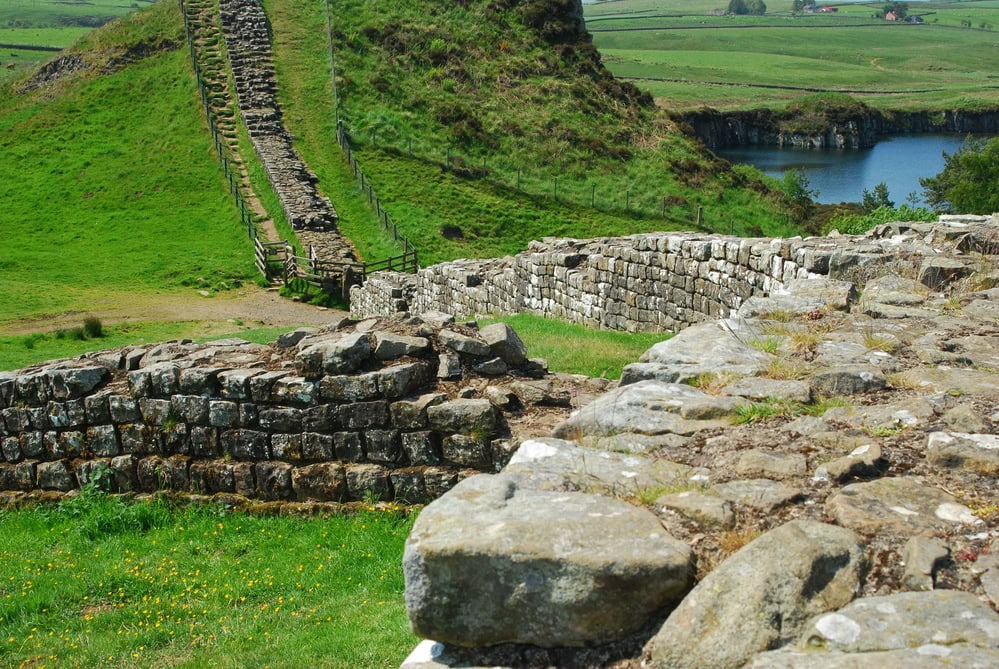
Antonine Wall
The Antonine Wall, constructed in the 2nd century AD by the Romans under the reign of Emperor Antoninus Pius, was another remarkable feat of engineering and military strategy. Stretching across central Scotland, this turf fortification spanned around 37 miles and served as the northernmost frontier of the Roman Empire for a brief period.
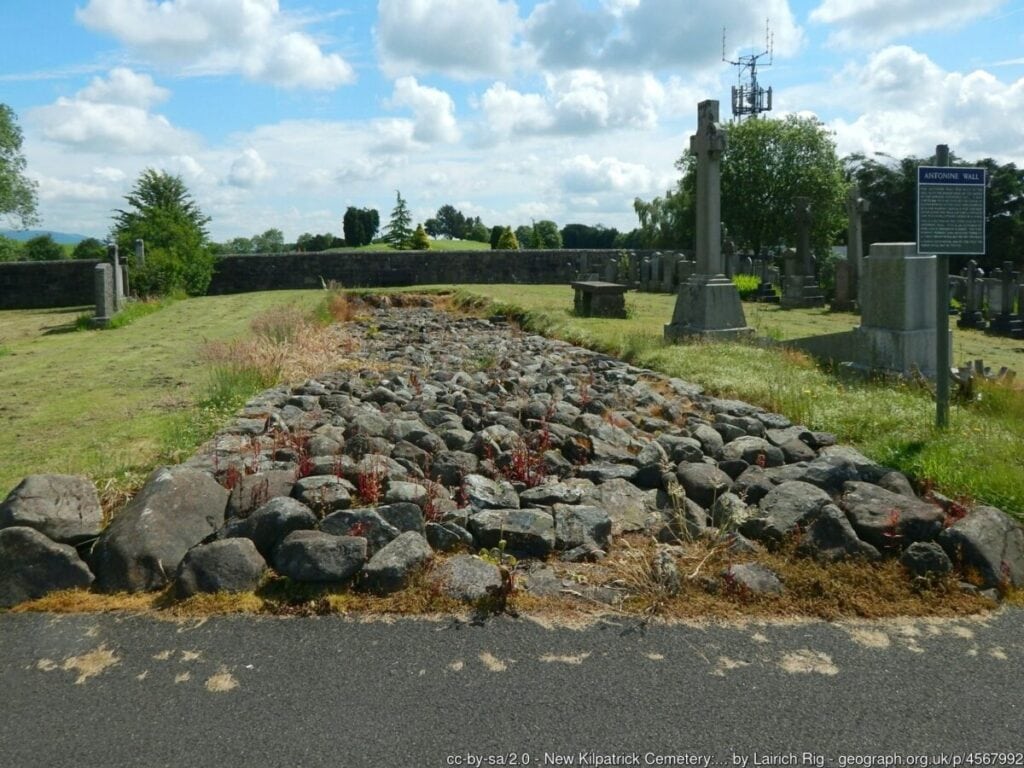
Studley Royal Park including the Ruins of Fountains Abbey – Yorkshire
Studley Royal Park, including the ruins of Fountains Abbey, is a UNESCO World Heritage Site located in North Yorkshire, England. This remarkable site combines the picturesque landscape of Studley Royal with the majestic remains of Fountains Abbey, one of the largest and best-preserved Cistercian monasteries in England.
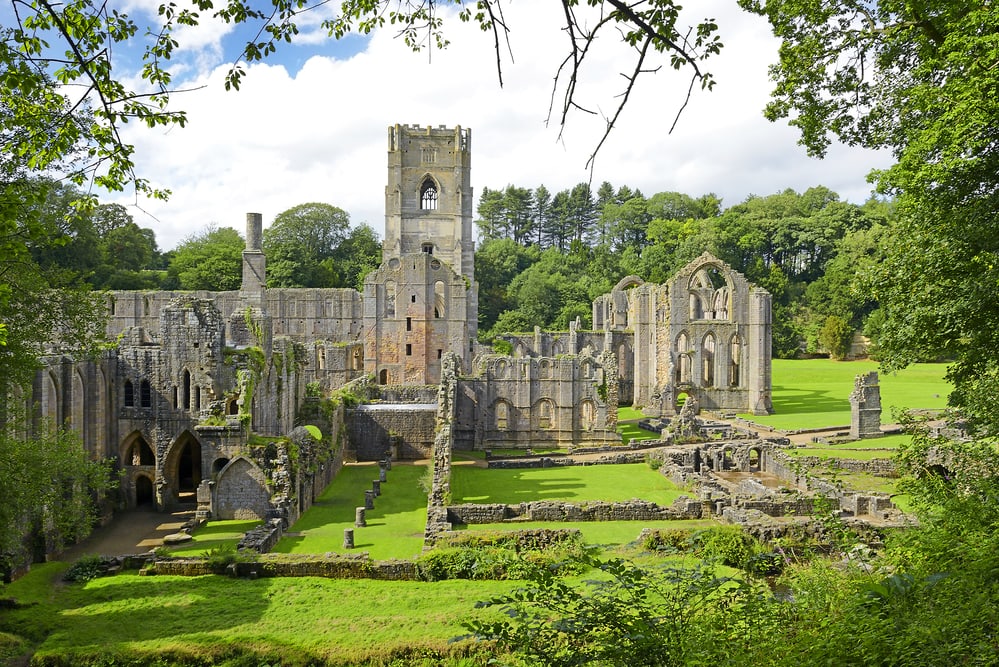
Founded in 1132, Fountains Abbey thrived for over 400 years before its dissolution in 1539. Today, visitors can explore the atmospheric ruins of the abbey, including the church, cloisters, and monastic buildings, set amidst the tranquil beauty of Studley Royal’s landscaped gardens and water features.
The English Lake District
The Lake District, located in Cumbria, England, is a breathtakingly beautiful region renowned for its stunning landscapes, rugged mountains, and picturesque lakes. Designated as a UNESCO World Heritage Site in 2017, it attracts millions of visitors each year who come to explore its scenic beauty and outdoor recreational opportunities.
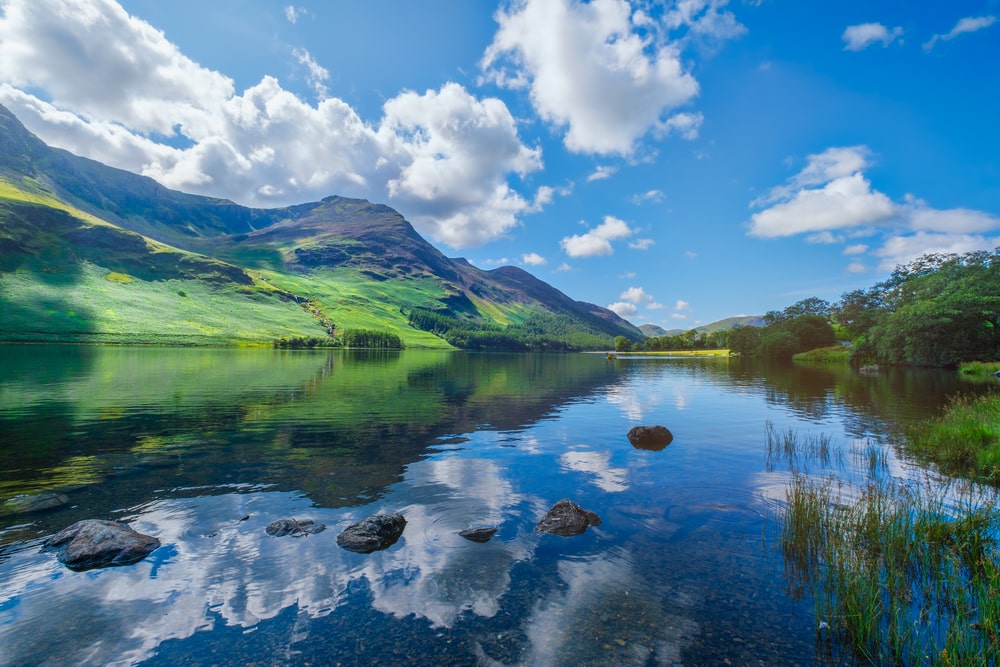
The region is jaw droppingly beautiful with dramatic fells, expansive ice blue lakes, lush valleys, and charming villages. Outdoor enthusiasts can enjoy a range of activities, including hiking, boating, cycling, and wildlife watching. The Lake District also boasts a rich literary heritage, famously inspiring poets such as William Wordsworth and Beatrix Potter and every child’s favourite book Swallows and Amazons which was also made into a film.
The Jodrell Bank Observatory
The Jodrell Bank Observatory, located near the village of Goostrey in Cheshire, England, is a world-leading center for astrophysics and radio astronomy. Founded in the 1940s by Sir Bernard Lovell, it is home to several large radio telescopes and research facilities. The observatory’s most iconic structure is the Lovell Telescope, which was completed in 1957 and was the largest fully steerable radio telescope in the world at the time.

Jodrell Bank has been at the forefront of numerous groundbreaking discoveries in astronomy, including tracking the first artificial satellite, Sputnik 1, and observing pulsars and quasars.
Ironbridge Gorge
Ironbridge Gorge in Shropshire features the world’s first iron bridge and numerous industrial heritage sites It is renowned as the birthplace of the Industrial Revolution, showcasing the remains of the world’s first iron bridge, which was constructed in 1779 and spans the River Severn.
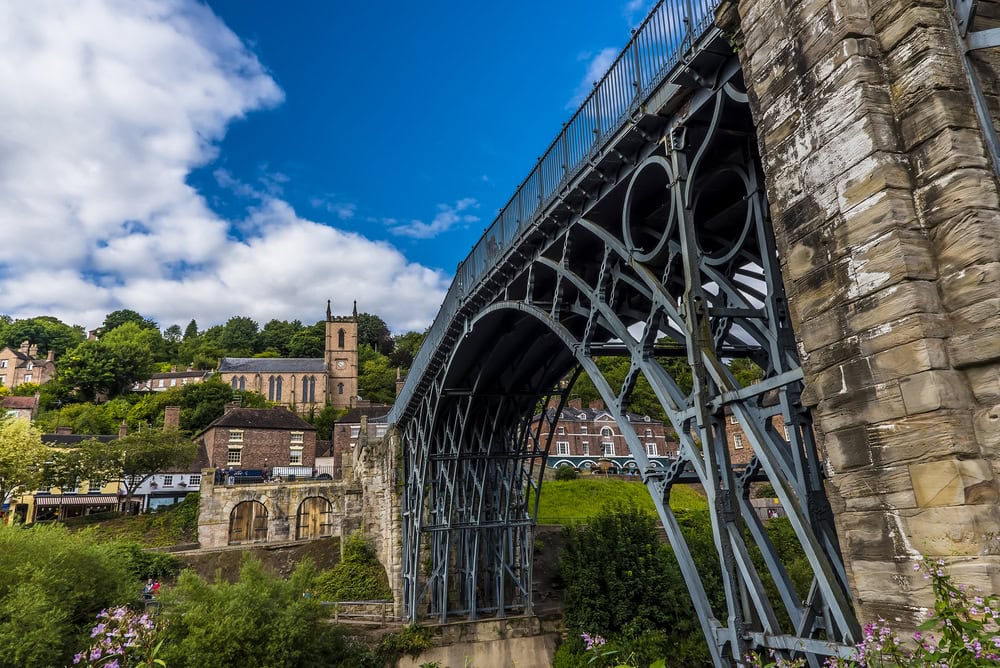
The gorge is home to a collection of historic industrial sites, including coal mines, blast furnaces, and factories, which played a pivotal role in the development of iron and coal industries during the 18th and 19th centuries.
Royal Botanic Gardens, Kew
Kew Gardens, officially known as the Royal Botanic Gardens, Kew, is a world-renowned botanical garden located in London, England. Established in 1840, it is one of the most important botanical research institutions in the world and home to an extensive collection of plants from around the globe, including rare and endangered species.
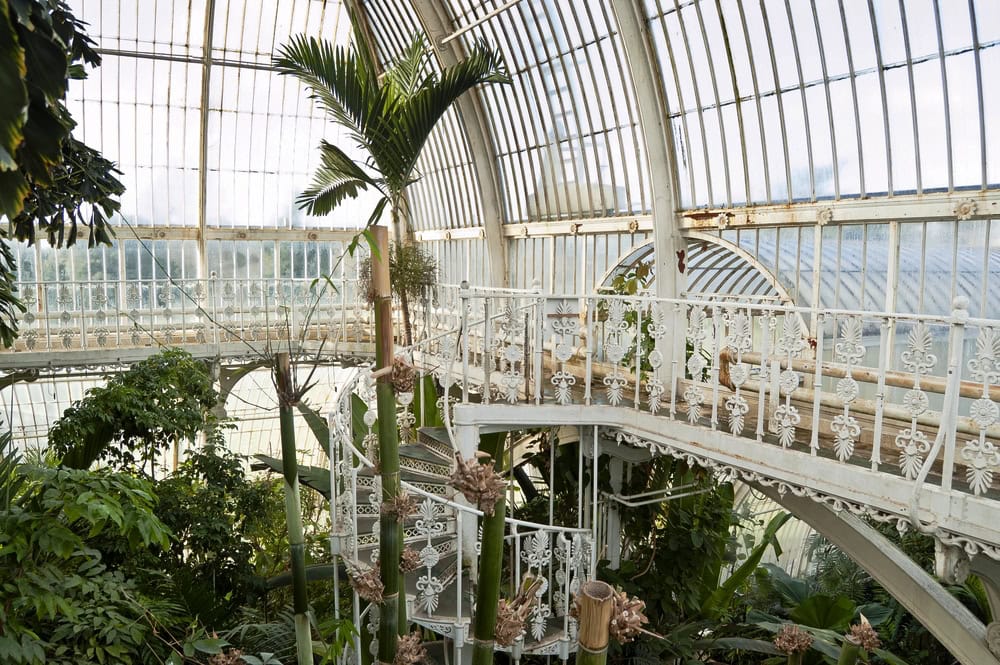
Its glasshouses, such as the Palm House and the Temperate House, showcase a diverse range of plants in controlled environments. Kew Gardens offers a unique and immersive experience, blending scientific research, education, and conservation with the beauty of nature.
Saltaire
I am a true Yorkshire fan and love this part of the UK known as God’s Country. Saltaire is a Victorian model village in Shipley, West Yorkshire was built by textile magnate Sir Titus Salt for his workers. It was built in the mid-19th century to provide housing, amenities, and improved living conditions for workers in his textile mills.
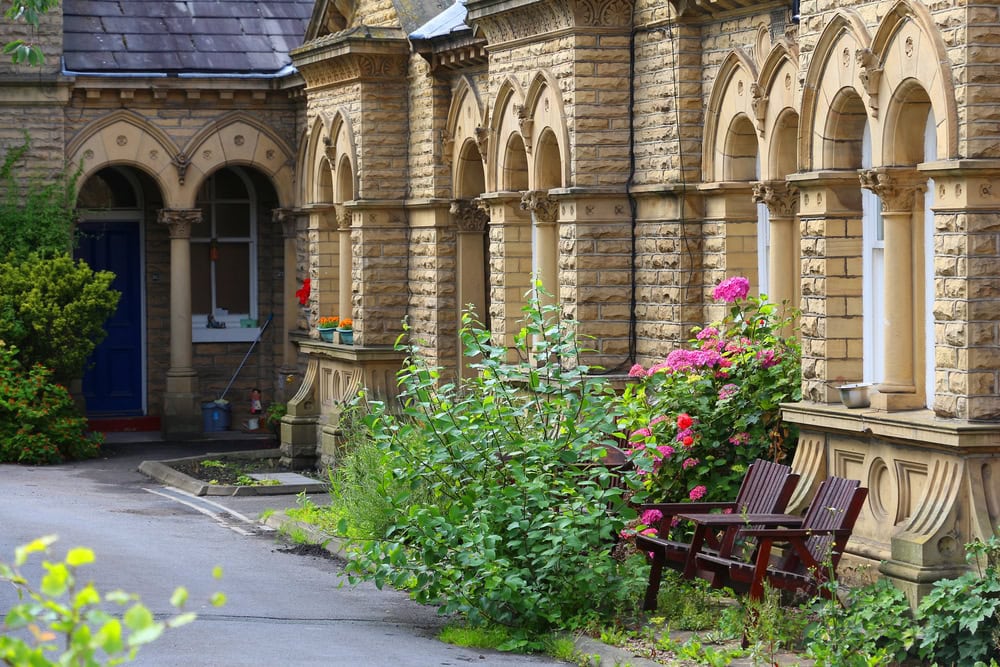
It is an incredible example of Victorian urban planning and industrial heritage. The village features rows of neat, terraced houses, built from the distinctive local sandstone, along with public buildings such as a church, school, hospital, and a grand Italianate-style mill, known as Salts Mill, which now houses art galleries, shops, and restaurants. .
UNESCO sites in Scotland
Town of Edinburgh
The City of Edinburgh, home to two UNESCO World Heritage Sites – the Old and New Towns. The Old Town, with its medieval alleyways and historic landmarks such as Edinburgh Castle and the Royal Mile, reflects centuries of Scottish history and culture. In contrast, the New Town, designed in the 18th century, showcases elegant Georgian architecture and spacious squares, providing a glimpse into Edinburgh’s Enlightenment-era past.

Neolithic Orkney
Neolithic Orkney, located off the northern coast of Scotland, is a group of islands renowned for their exceptionally well-preserved prehistoric sites, dating back over 5,000 years.
Skara Brae
Skara Brae is a remarkably well-preserved Neolithic village, dating back to around 3200 BCE. It consists of several stone-built houses connected by passageways, with furnishings and domestic items still visible.
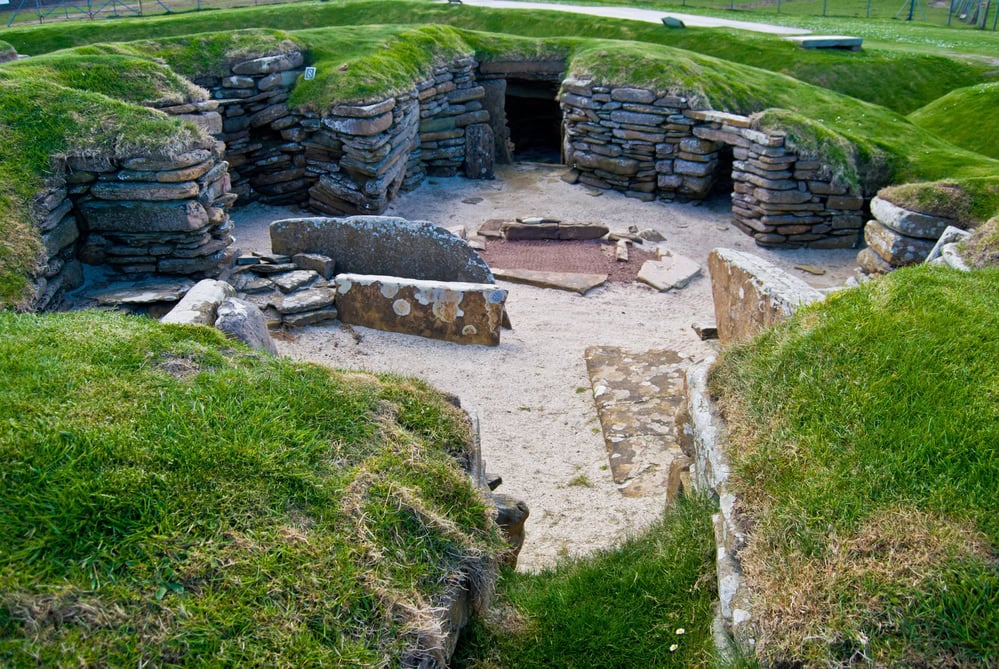
Maeshowe
Maeshowe is a chambered cairn constructed around 2800 BCE. It is renowned for its well-preserved interior, featuring a central chamber and a series of side cells. Maeshowe is famous for its Viking graffiti, left by Norsemen who broke into the tomb in the 12th century.
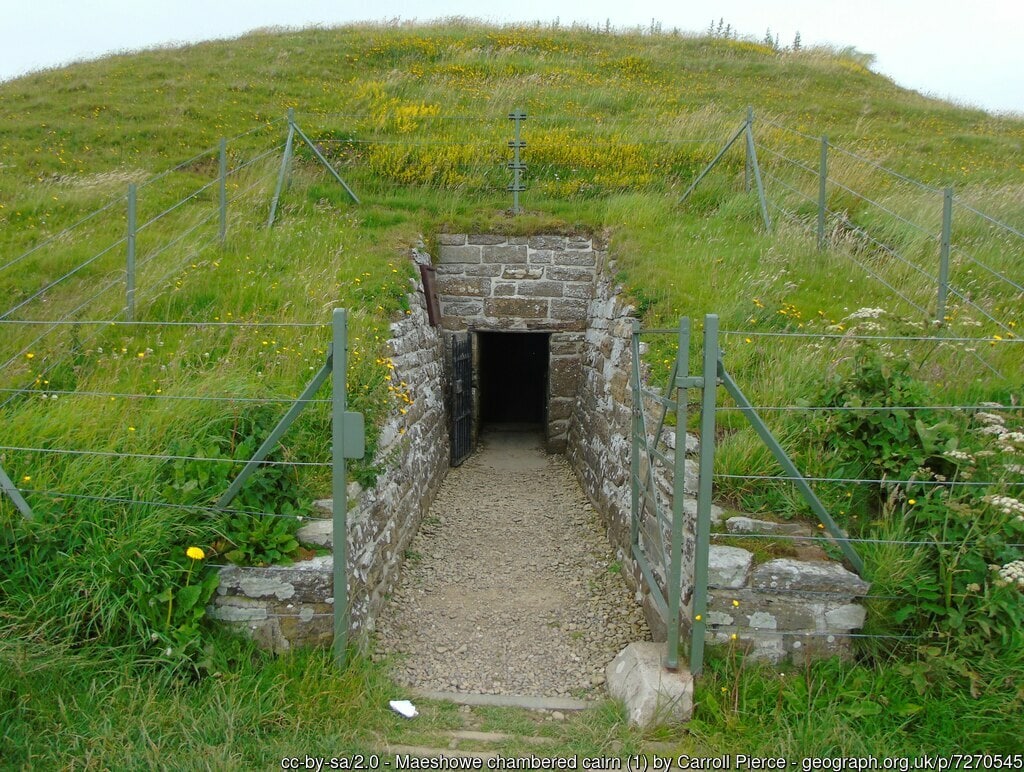
Ring of Brodgar
The Ring of Brodgar is a Neolithic stone circle consisting of 27 standing stones, surrounded by a circular ditch and bank. It dates back to around 2500 BCE and is believed to have had ceremonial or ritual significance.
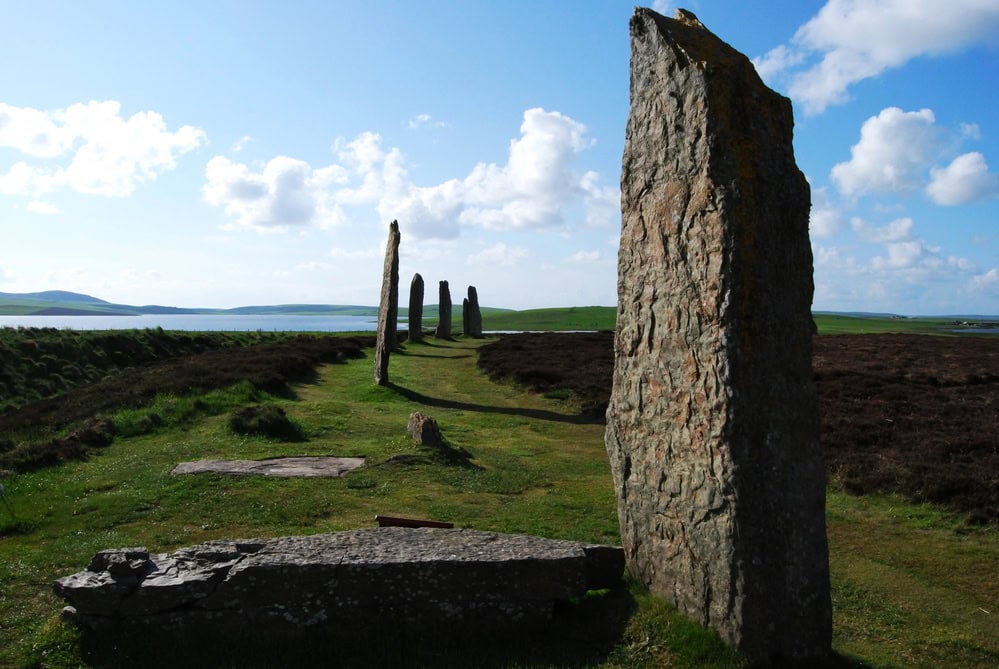
New Lanark
New Lanark is a village located in South Lanarkshire, Scotland, along the banks of the River Clyde, about 25 miles southeast of Glasgow. It is renowned for its historical significance as a pioneering model industrial community during the 18th and 19th centuries. New Lanark was founded in 1786 by David Dale, a Scottish industrialist, and later developed by Robert Owen, a social reformer and philanthropist.
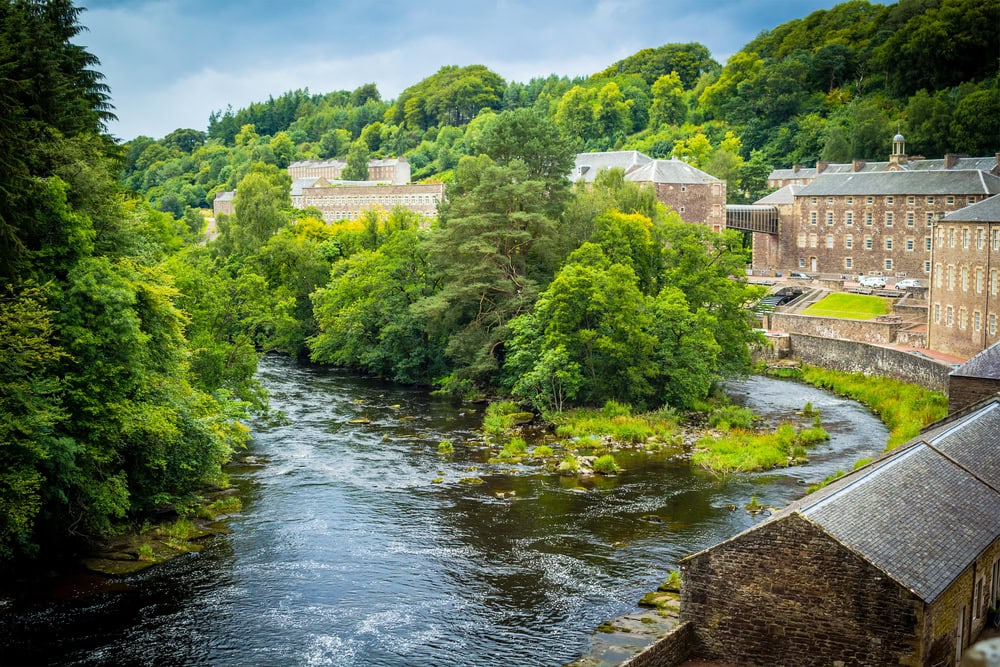
Under Owen’s management from 1800 to 1825, New Lanark became famous for its innovative social and industrial practices, including improved working conditions, education, and housing for workers and their families. Owen introduced progressive ideas such as providing free education for children, adult education classes, and community facilities.
Visitors can explore the restored village, including the historic mills, workers’ housing, schools, and other buildings. The New Lanark Visitor Centre provides insights into the village’s history, the industrial revolution, and the legacy of Robert Owen’s pioneering social reforms.
St Kilda
Located in the remote Outer Hebrides, St Kilda is home to dramatic landscapes, seabird colonies, and the ruins of a unique human settlement.
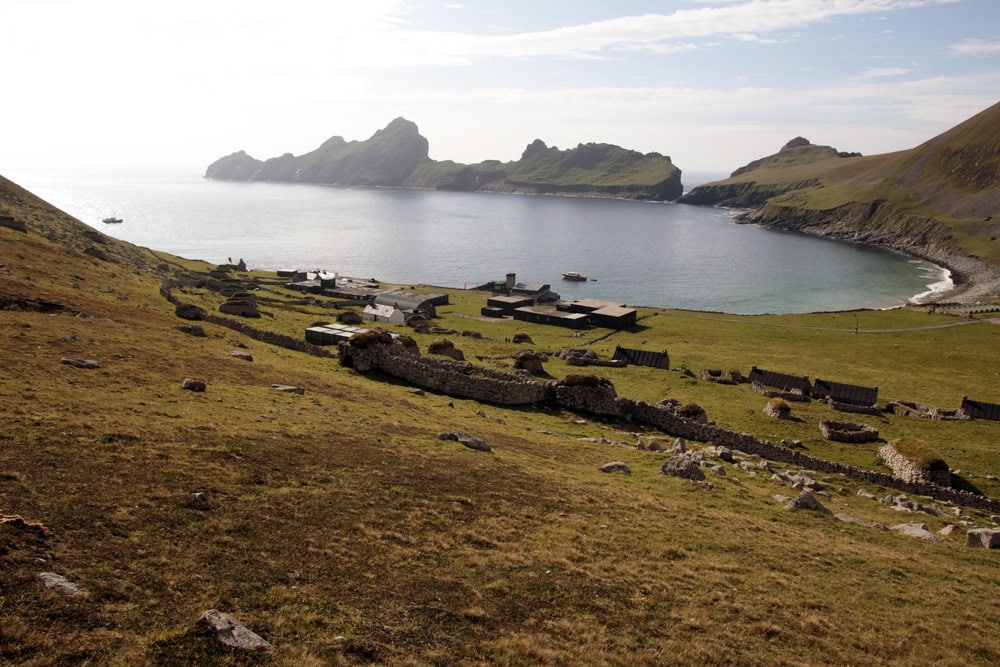
The Forth Bridge
This engineering marvel, completed in 1890, is a symbol of Scotland’s industrial heritage and a masterpiece of railway bridge design.

Unesco World Heritage Sites in Northern Ireland
The Giant’s Causeway and Causeway Coast, County Antrim
On the rugged coast of Northern Ireland, there is one of nature’s most extraordinary creations – the Giant’s Causeway. Comprising over 40,000 interlocking basalt columns, this geological wonder has inspired legends of giants and mythical creatures for centuries.
Causeway Coastal Route
From the Nine Glens of Antrim through to the views of Donegal the Antrim coastal road is simply one of the most scenic drives in the world.
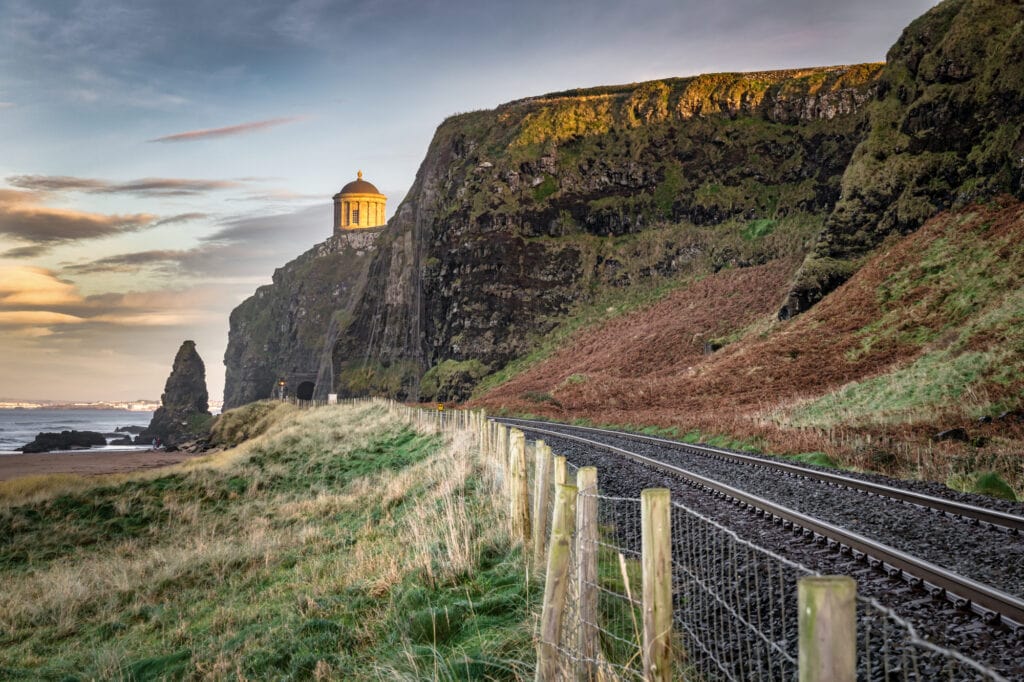
You may not be aware of it but Ireland has some absolutely beautiful beaches and the Northern Ireland beaches are no exception. From miles of sandy beaches that stretch forever to rockier shores and sands making for long walks Northern Ireland’s beaches are truly some of the best on the Island. The route itself is 120 miles of stunning coastal beauty and a contender for ‘World’s Greatest Road Journey’.
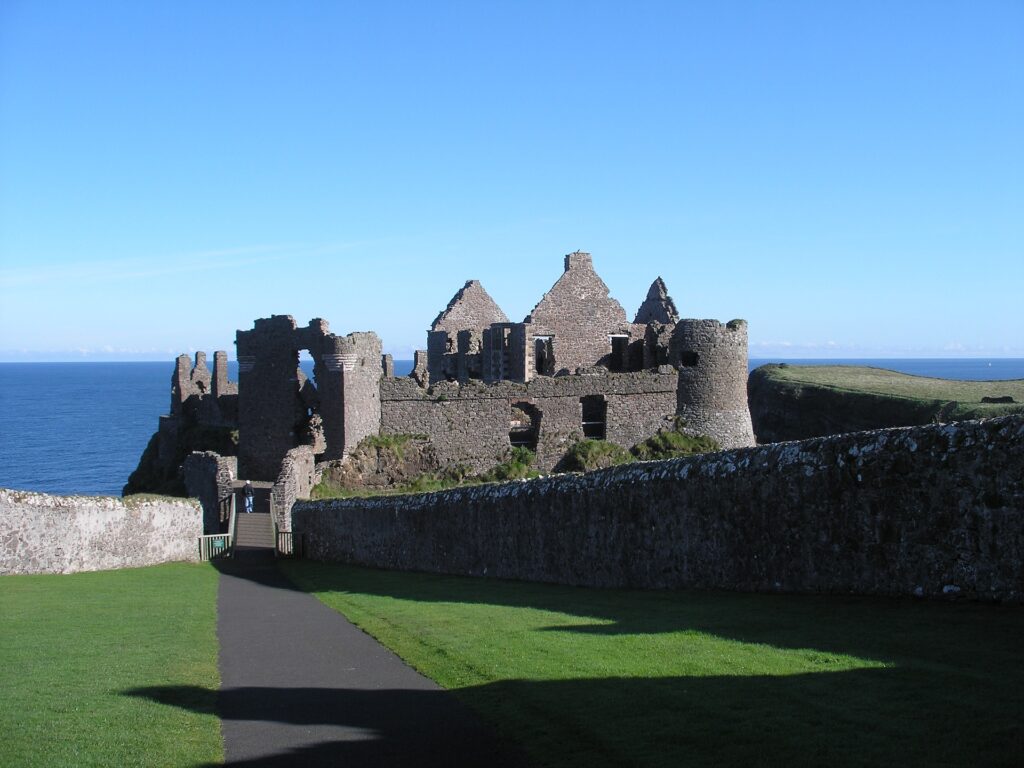
Some must-see attractions along the Causeway Coastal Route include Dunluce Castle, the Giant’s Causeway, Carrick-a-Rede Rope Bridge, and the Dark Hedges – a popular Game of Thrones filming location. There is also Mussenden Temple and Downhill Demense the Glenariff Forest Park and the 9 Glens of Antrim.
World Heritage Sites in Wales
Blaenavon Slate Landscape of northwest Wales
This site represents the landscape of industrialization in South Wales, including coal and iron mines, quarries, and railways.
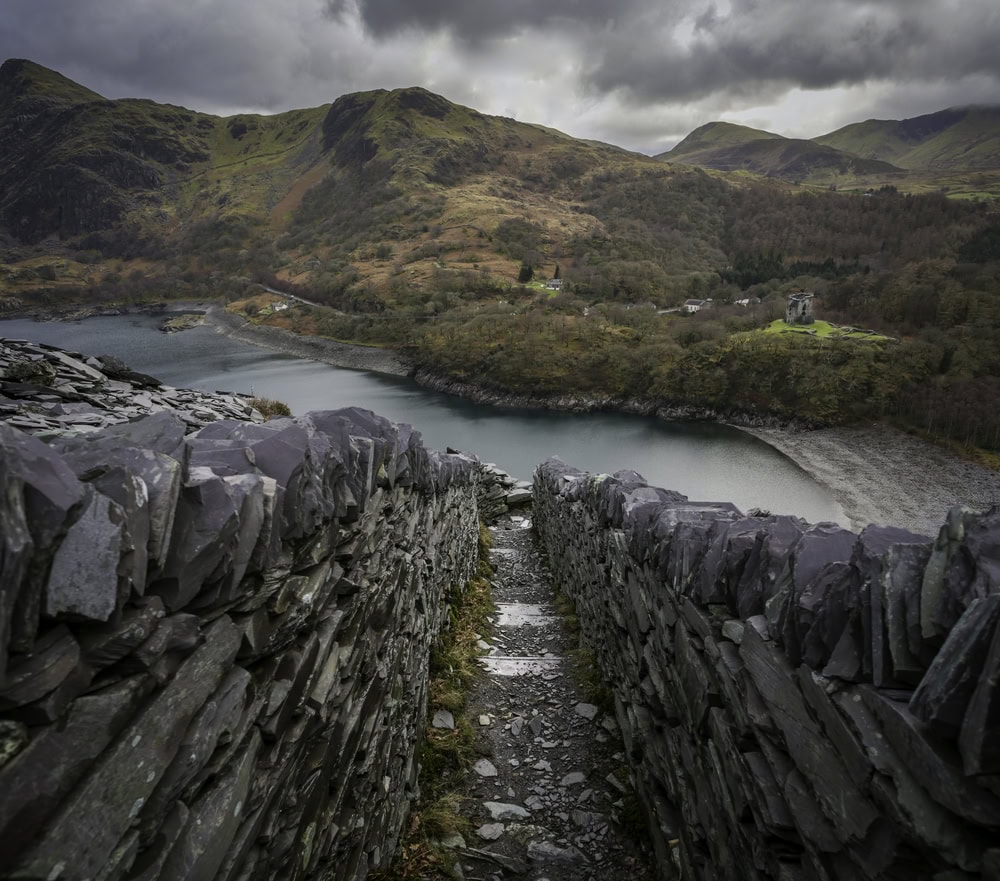
Castles and Town Walls of King Edward in Gwynedd
This site includes a series of castles and town walls built by King Edward I in the 13th century to subdue the Welsh princes.
The Castles and Town Walls of King Edward in Gwynedd is a UNESCO World Heritage Site located in Gwynedd, Wales. This site encompasses a collection of fortified structures built during the reign of King Edward I of England in the late 13th century. The castles and town walls were constructed as part of Edward’s military campaigns to assert control over Wales and establish English dominance in the region. Key components of the site include:
Conwy Castle
Built between 1283 and 1289, Conwy Castle is one of the most impressive medieval fortresses in Wales. It was strategically positioned overlooking the Conwy Estuary and served as a symbol of English power in the region.
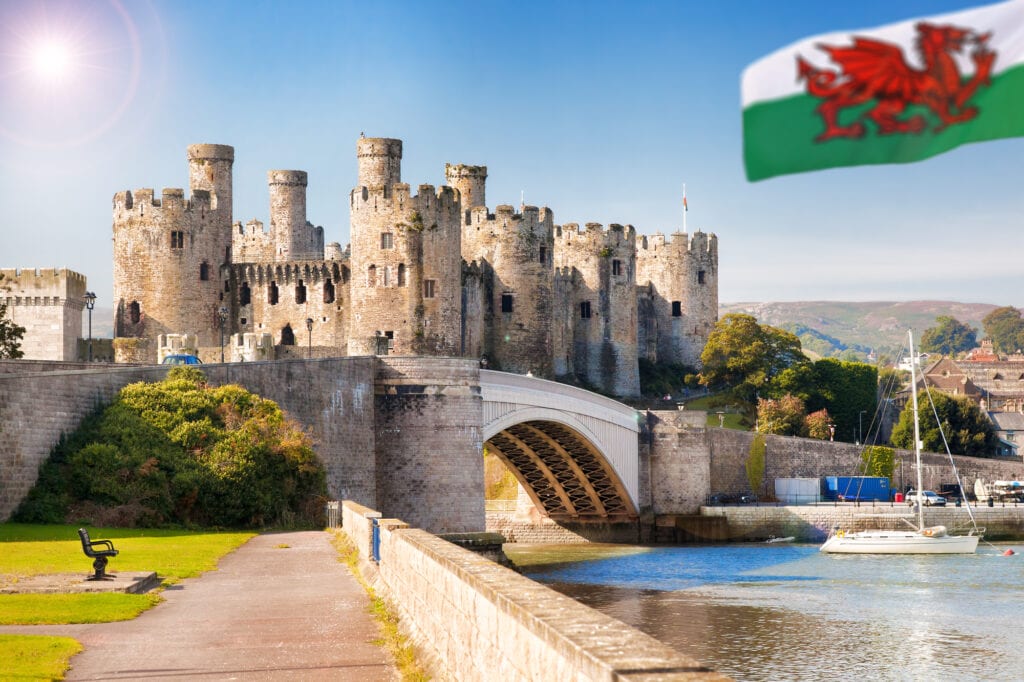
Caernarfon Castle
Caernarfon Castle, constructed from 1283 onwards, is a massive fortress situated on the banks of the River Seiont. It was designed to intimidate the Welsh population and was the site of the investiture of the Prince of Wales, a tradition that continues to this day.
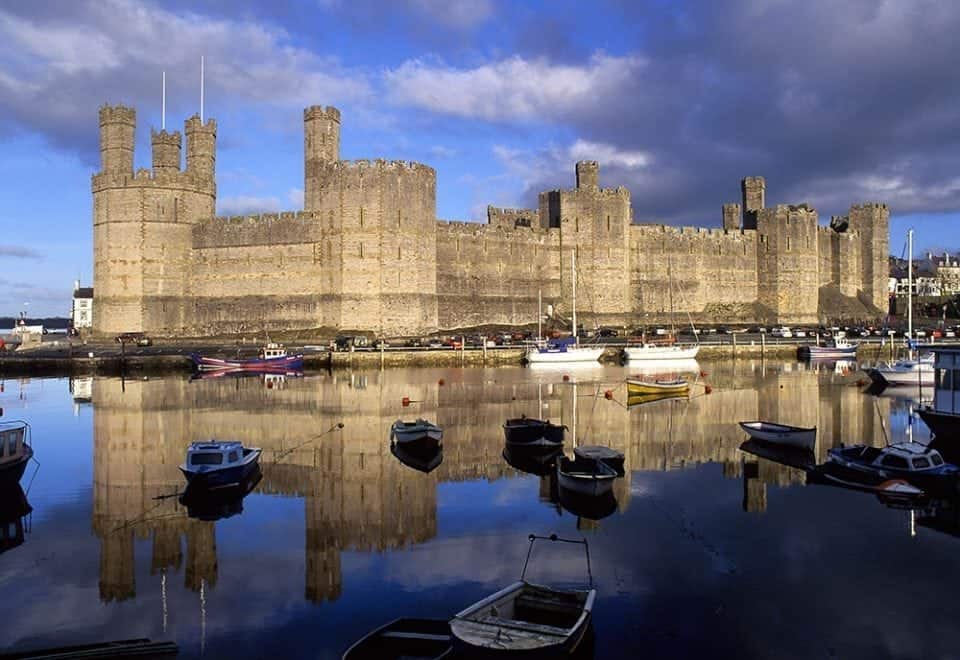
Beaumaris Castle
Beaumaris Castle, begun in 1295 but never completed, is a masterpiece of medieval military architecture. Its concentric design and innovative features make it one of the most technically advanced castles of its time.
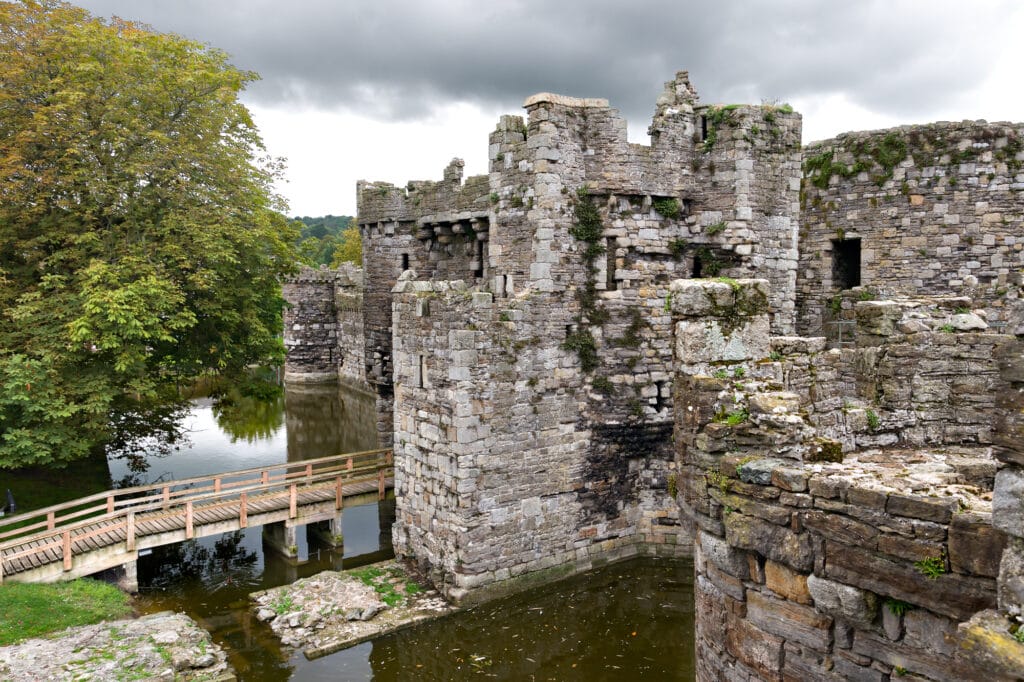
Harlech Castle
Harlech Castle, built between 1282 and 1289, is perched on a rocky outcrop overlooking the Irish Sea. It played a key role in the Welsh Wars of Independence and is renowned for its impregnability and strategic location.
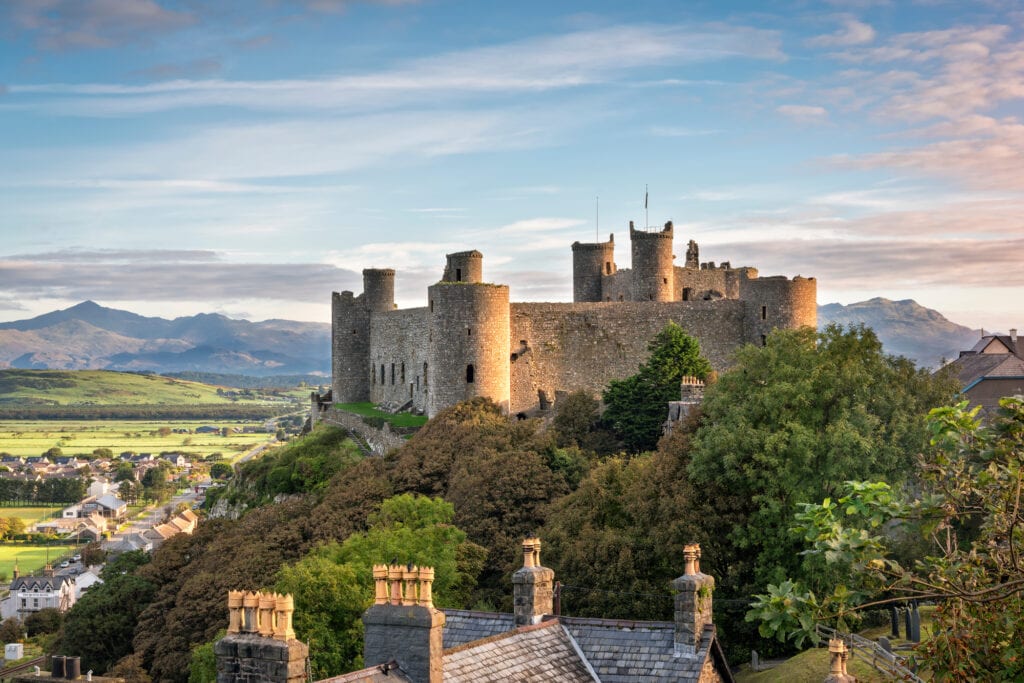
In addition to the castles, the site also includes the town walls of Conwy and Caernarfon, which were constructed to defend the towns and control access to the castles. The Castles and Town Walls of King Edward in Gwynedd represent a remarkable testament to medieval military architecture and the history of Anglo-Welsh relations. Today, they stand as iconic landmarks and popular tourist attractions, offering visitors the opportunity to explore Wales’s rich medieval heritage.
Pontcysylite Aqueduct and Canal
Nestled in northeast Wales, the Pontcysyllte Aqueduct and Canal, stretching over 18 kilometers, stands as a remarkable testament to the ingenuity of the Industrial Revolution. Completed in the early 19th century, this engineering marvel is celebrated by UNESCO for its significant contribution to civil engineering history. For unparalleled vistas, embark on a boat excursion along the Llangollen Canal, traversing the picturesque River Dee Valley.
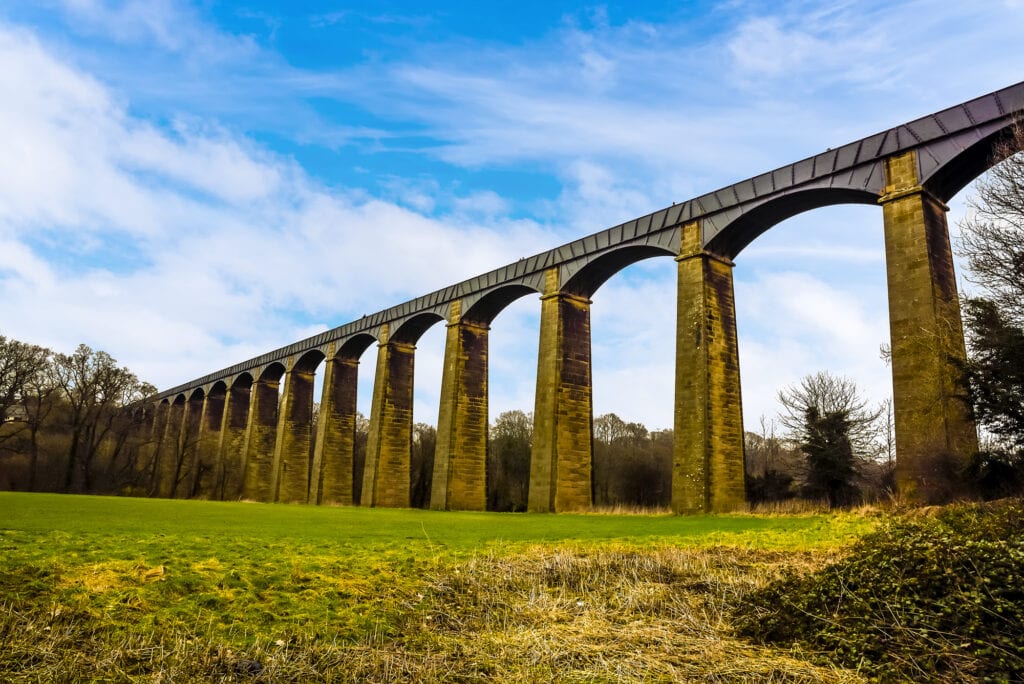
Britain’s heritage is rich and diverse, encompassing a wide range of cultural sites that showcase the history and traditions of the peoples of the world. The UNESCO World Heritage Convention, adopted by UNESCO in 1972, has recognized 58 UNESCO sites in the UK and its territories, including the iconic Norman architecture in England and the oldest church in England.
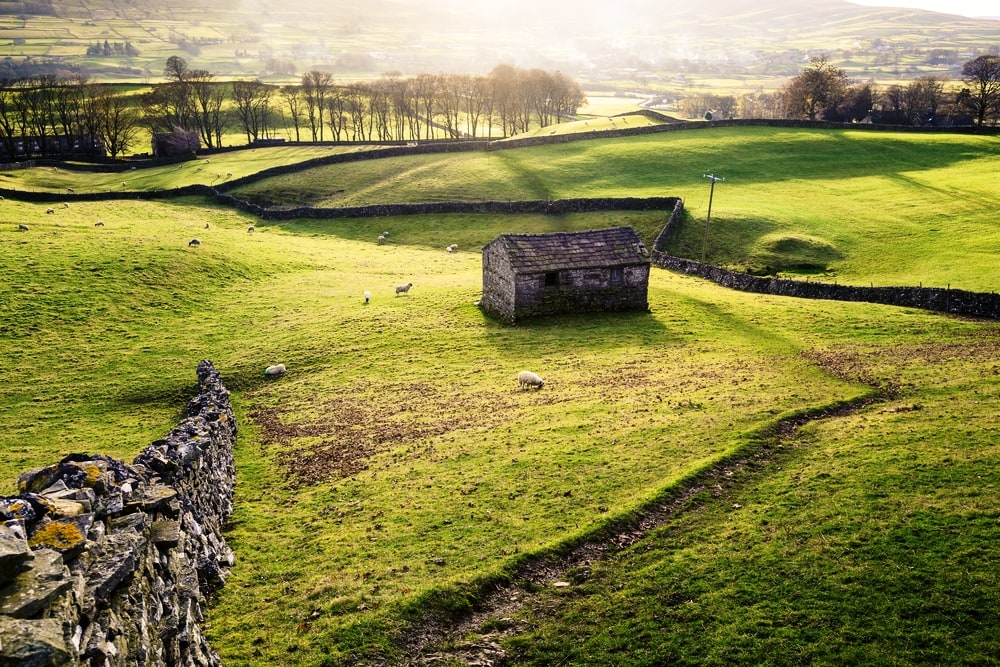
From the charming countryside of the Lake District to the historic monuments in the world-famous city of London, Britain’s heritage is truly exceptional. Even famous authors like Beatrix Potter have left their mark on the country’s cultural landscape. With 185 million years of history to explore, including sites in the British Overseas Territories, Britain’s heritage offers a unique glimpse into the past for visitors from around the globe.

